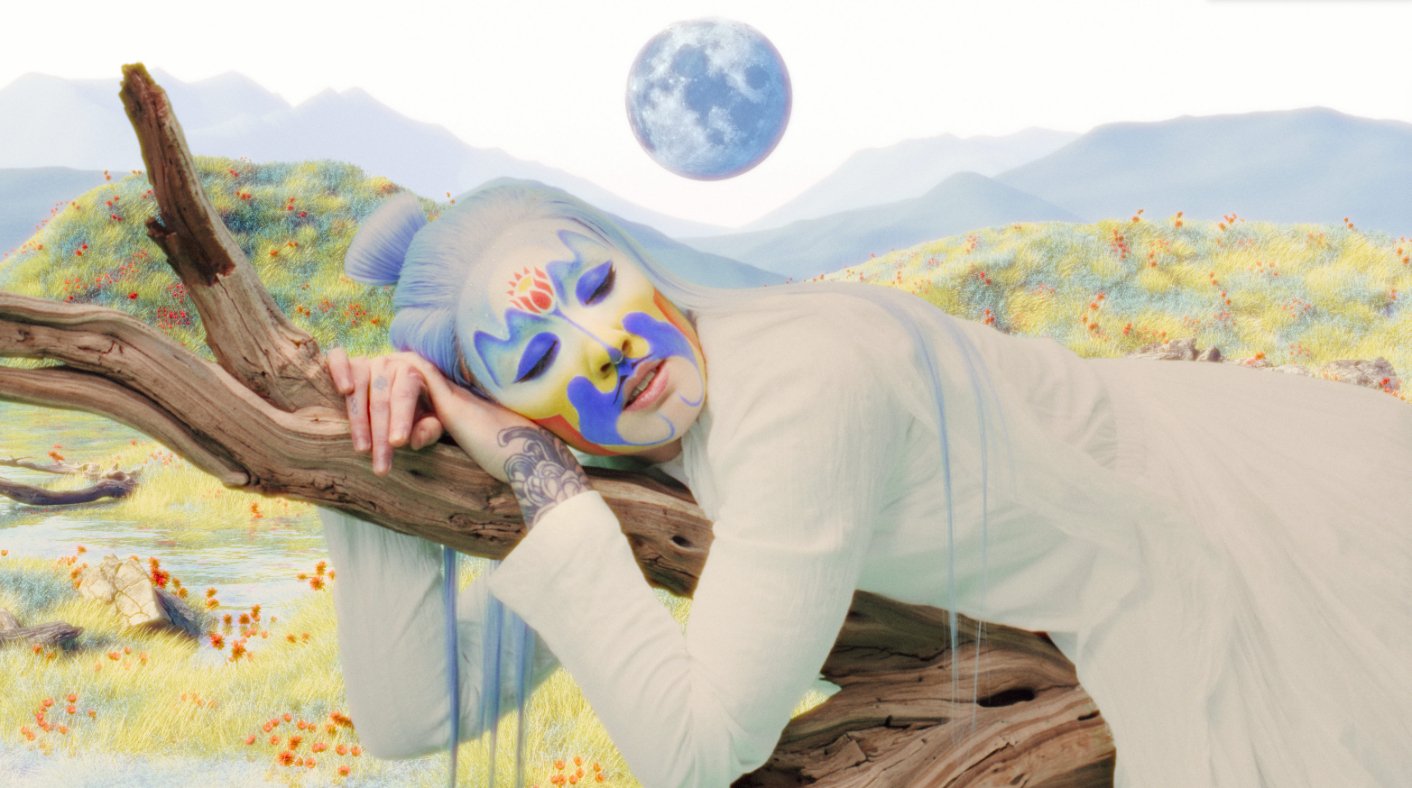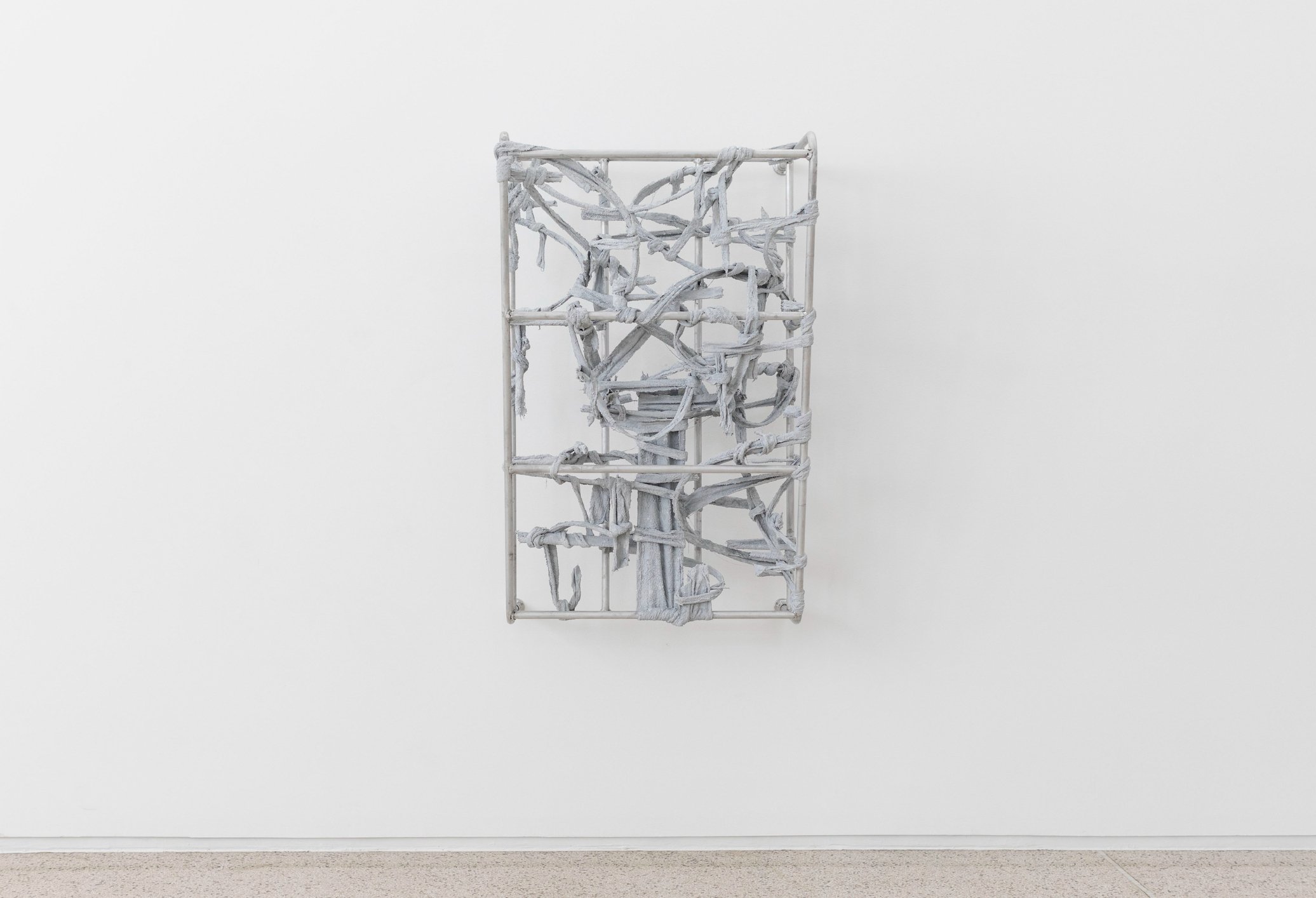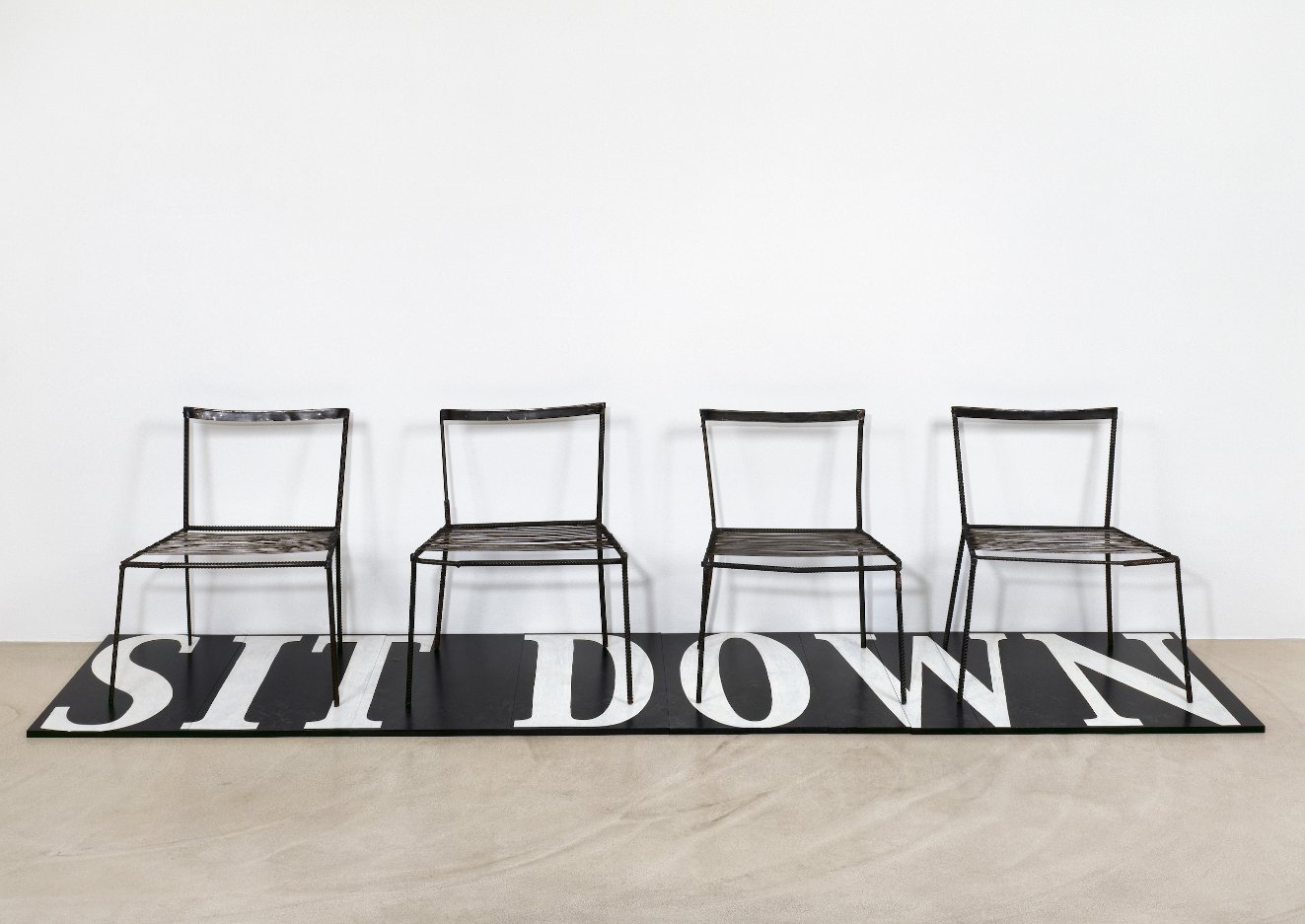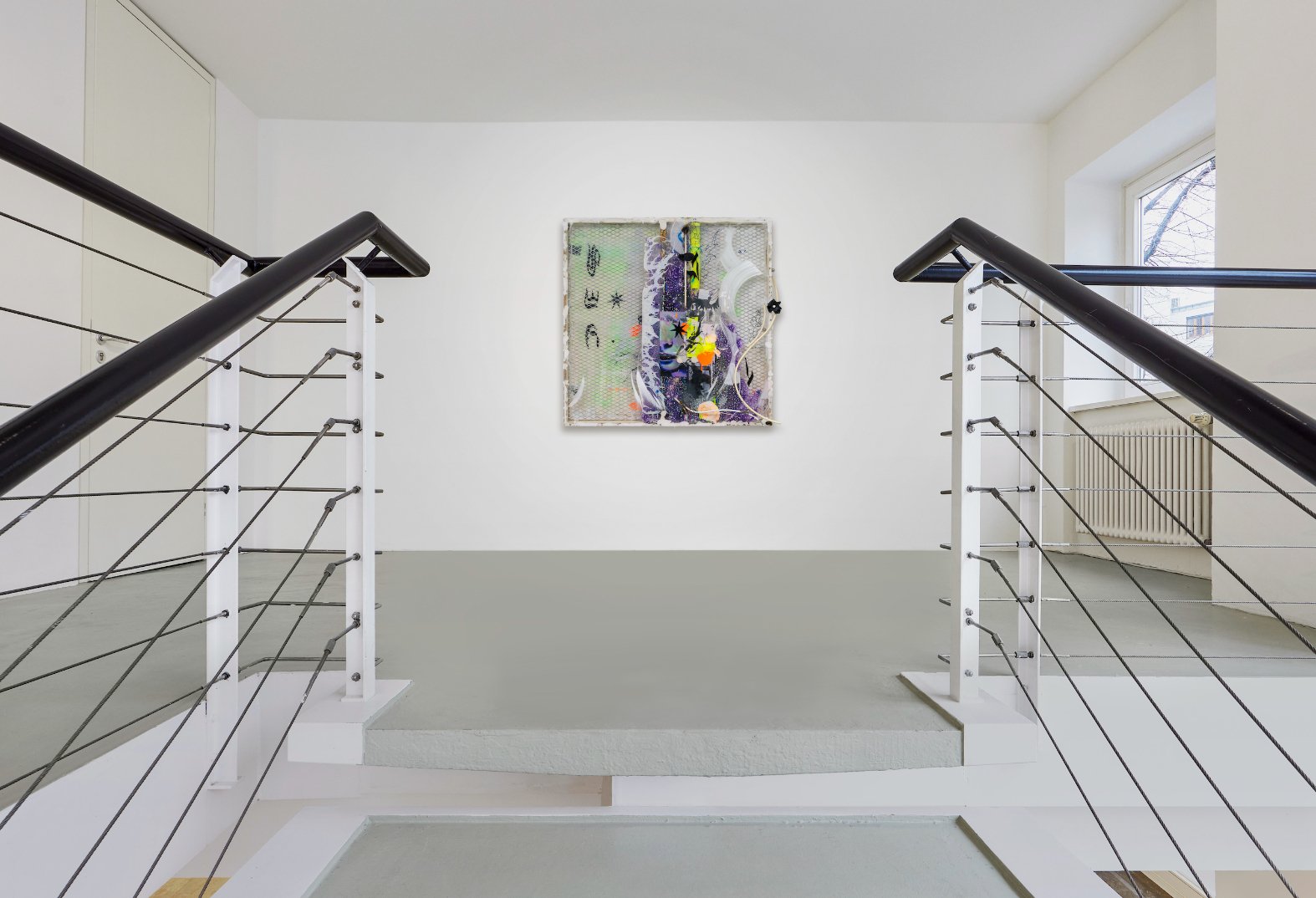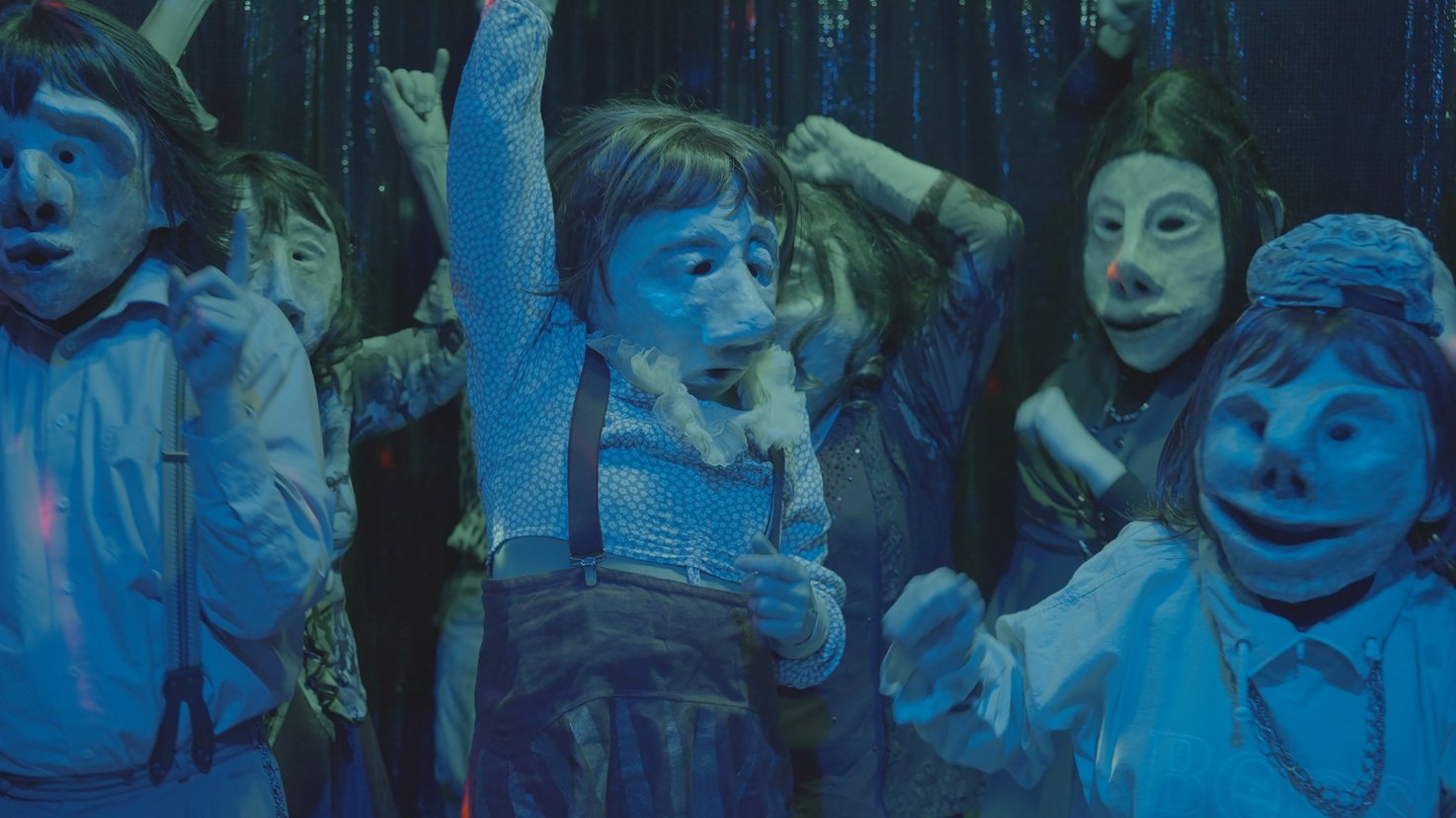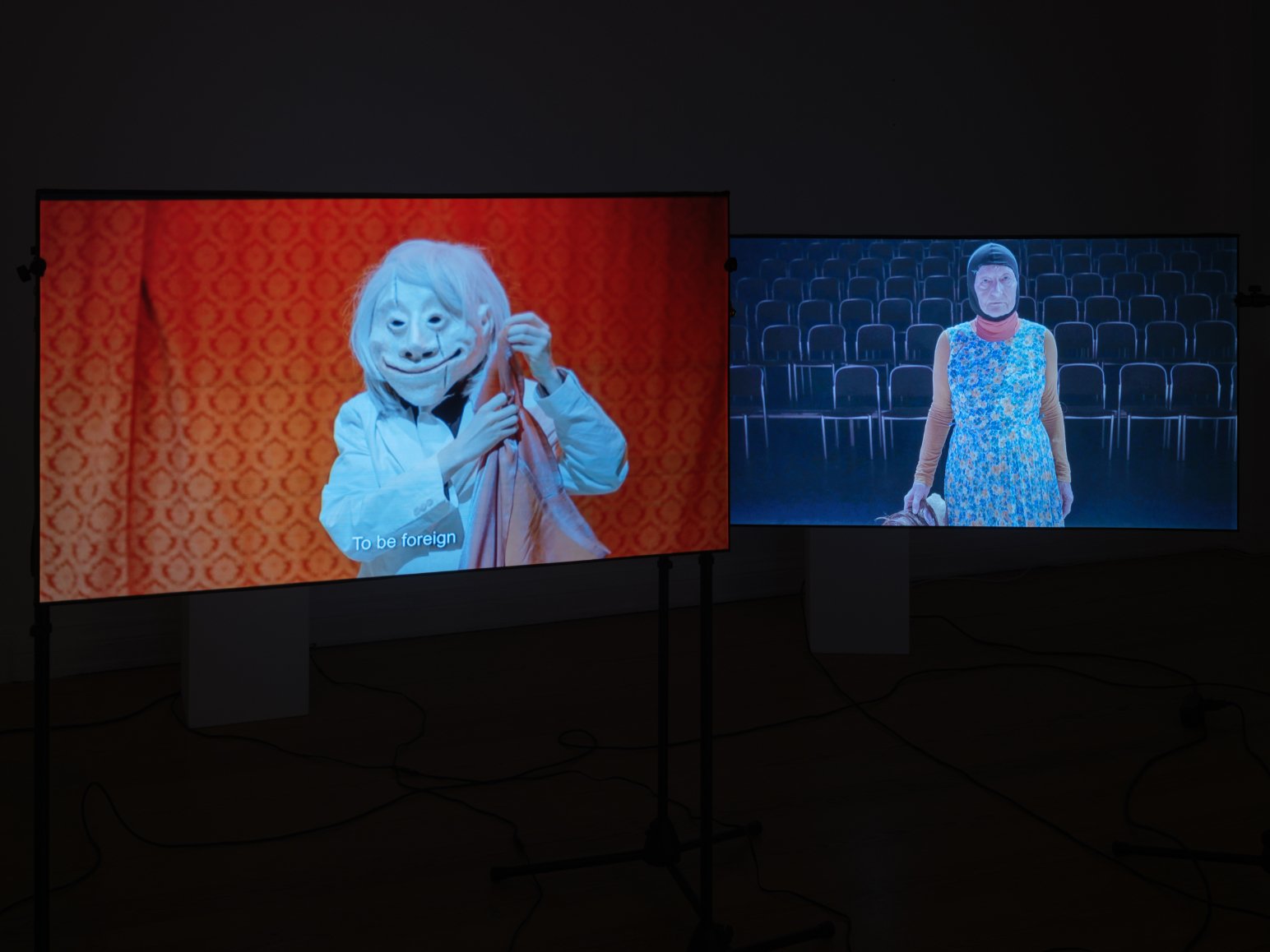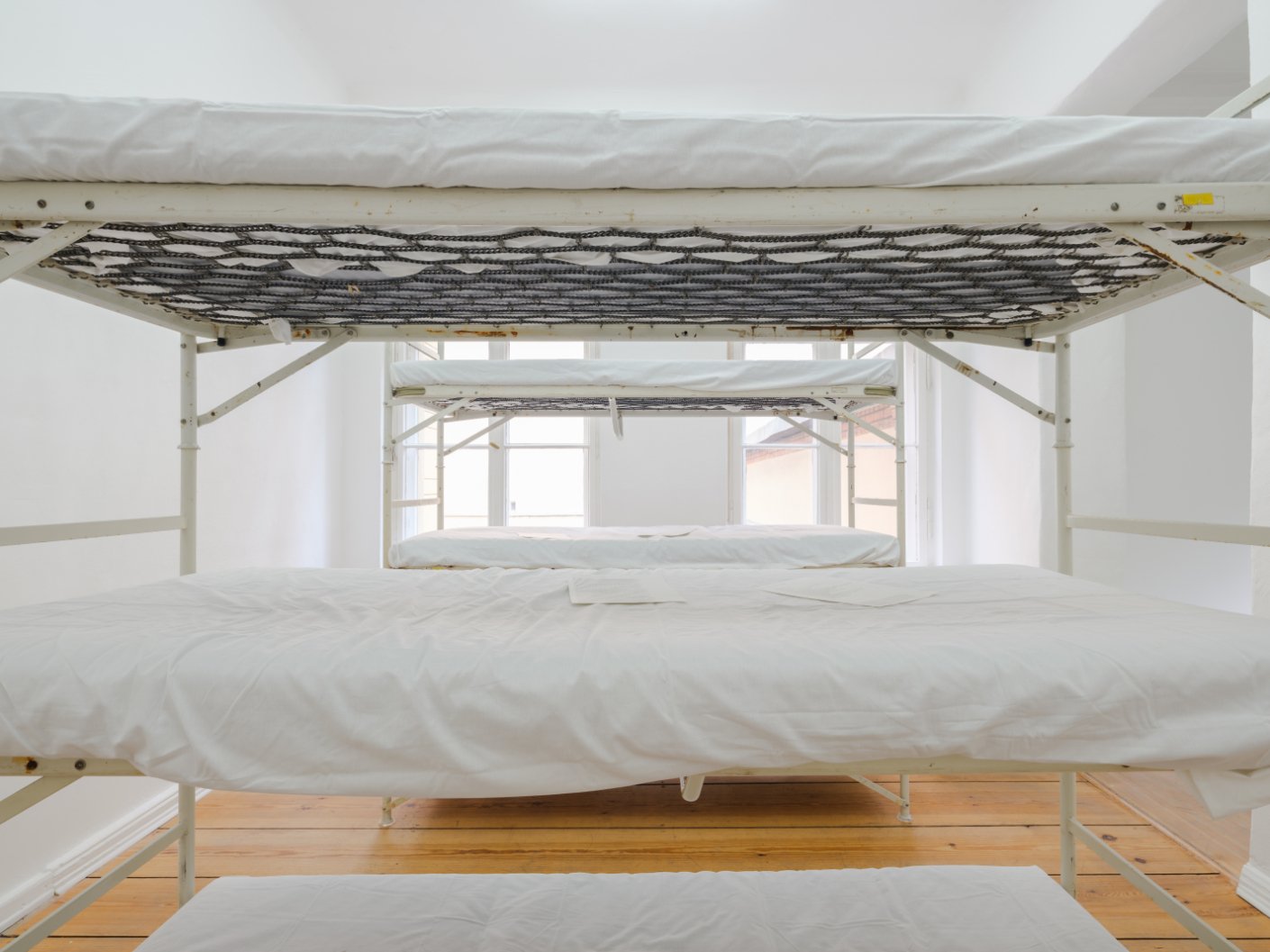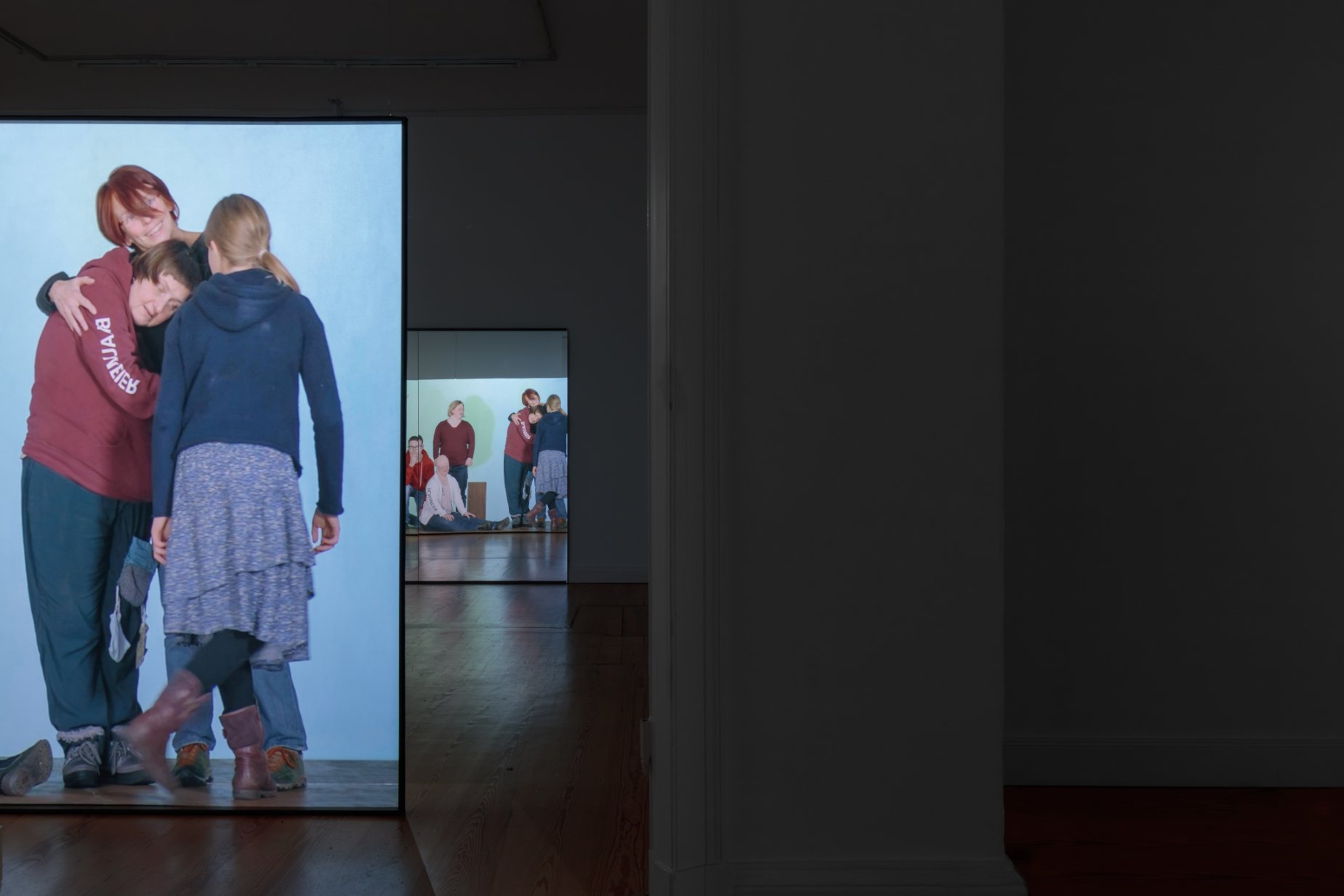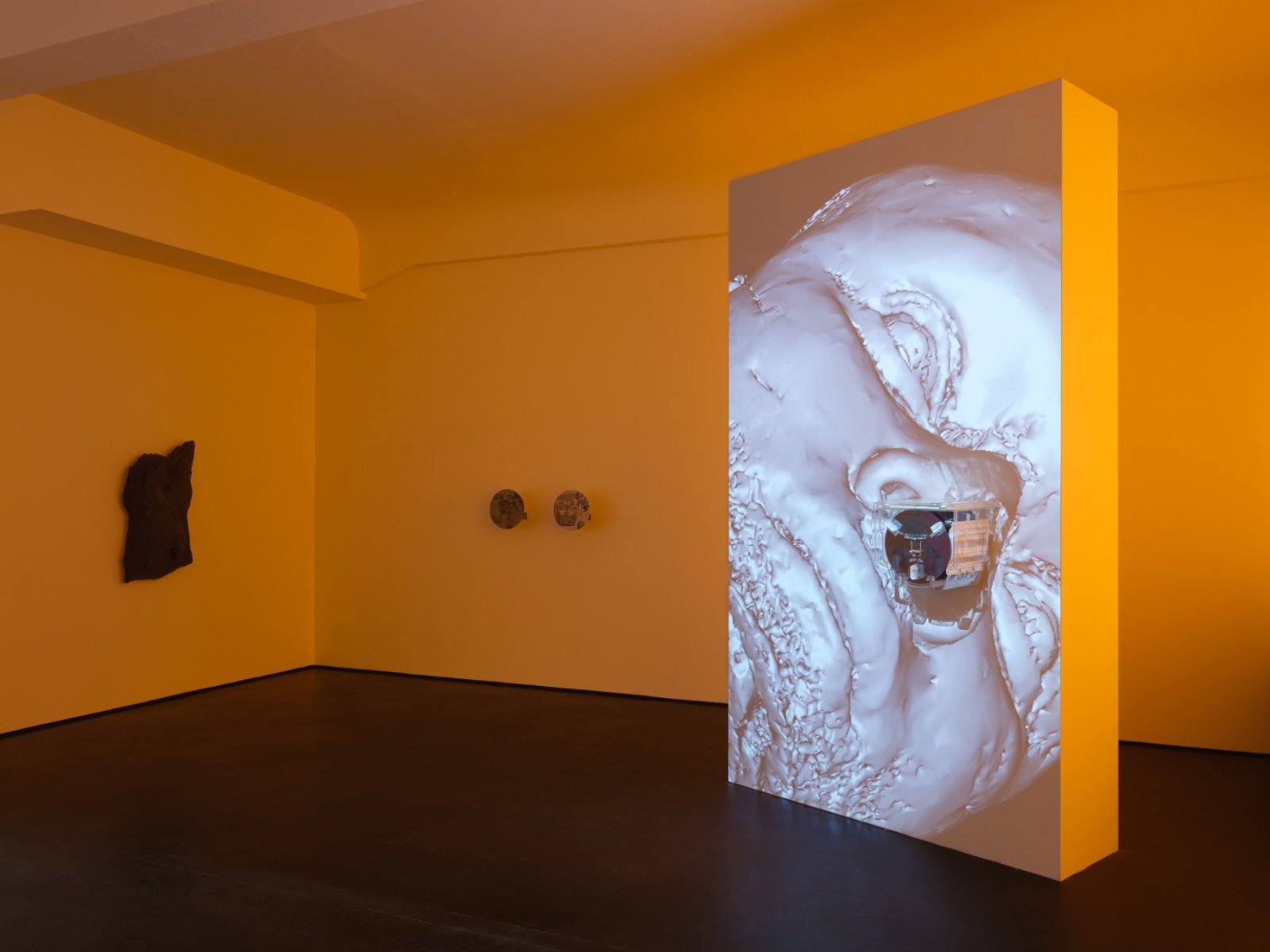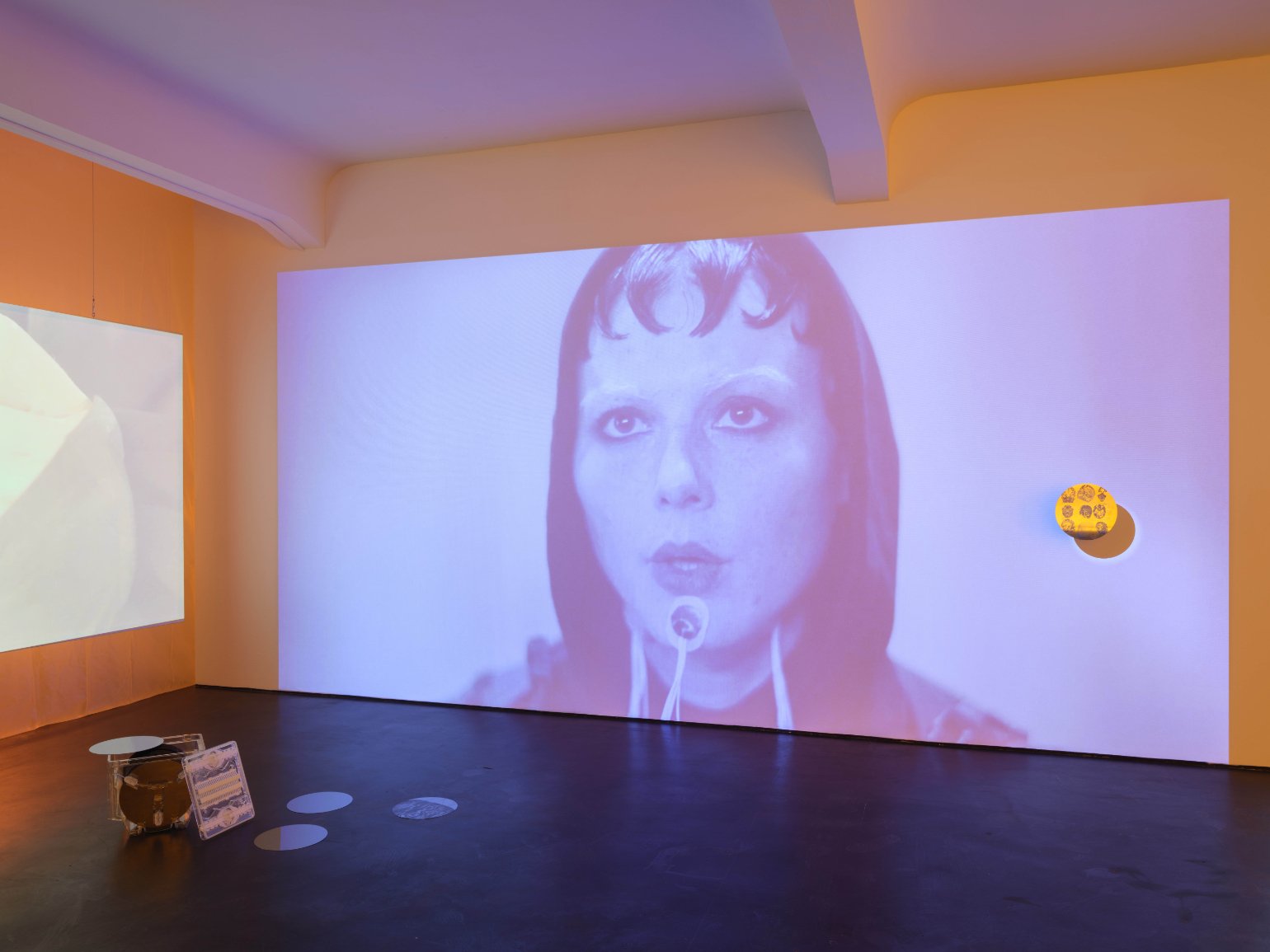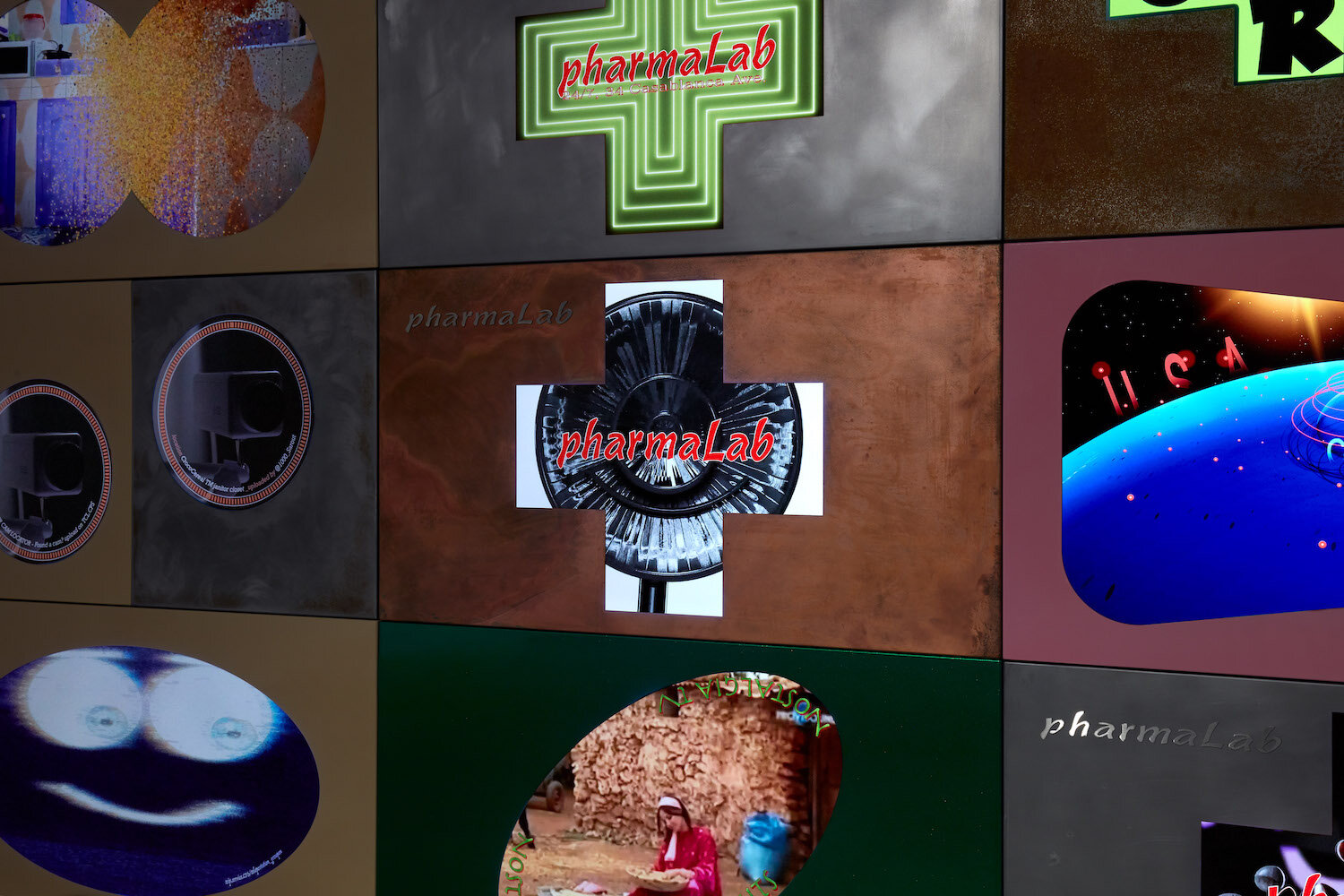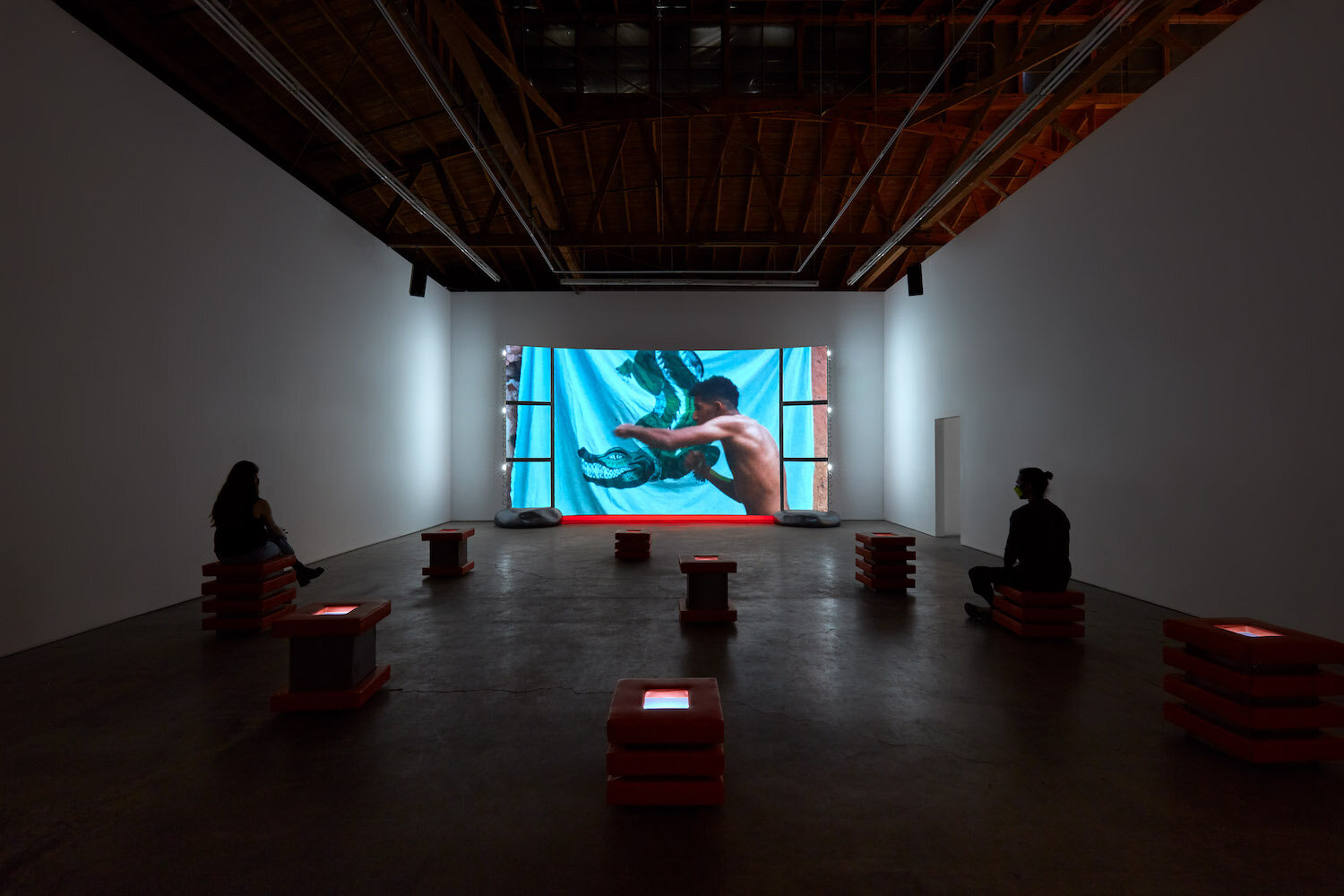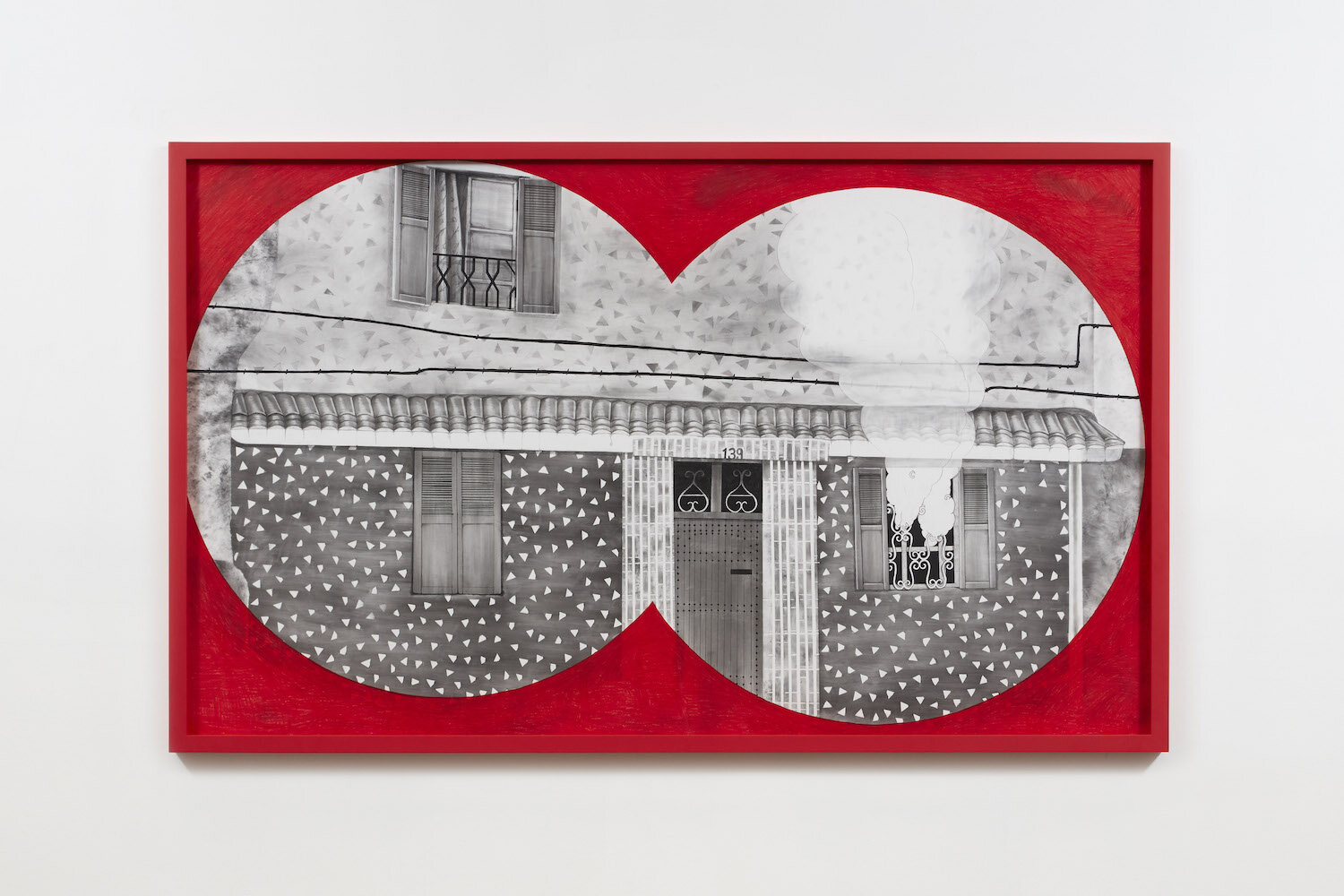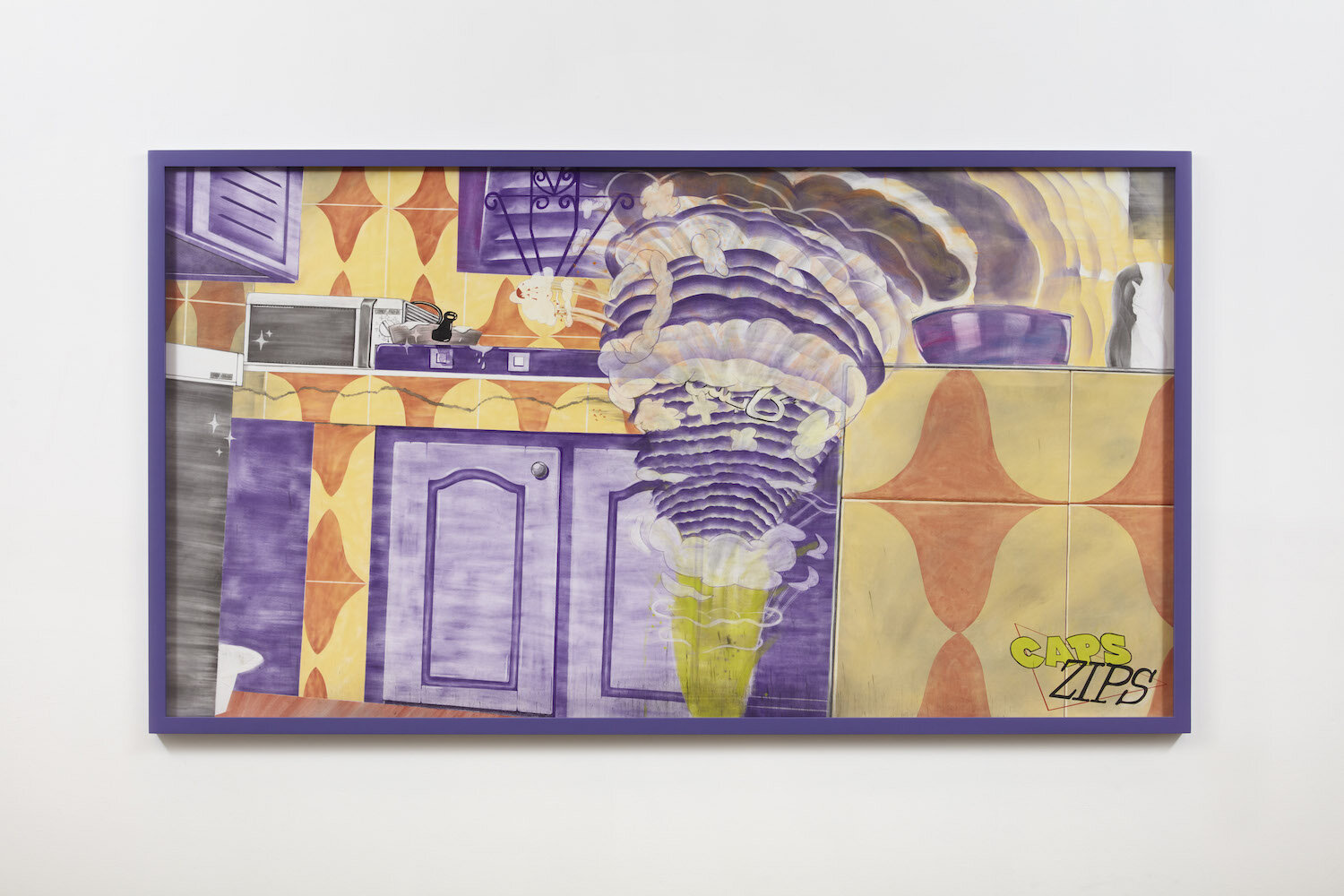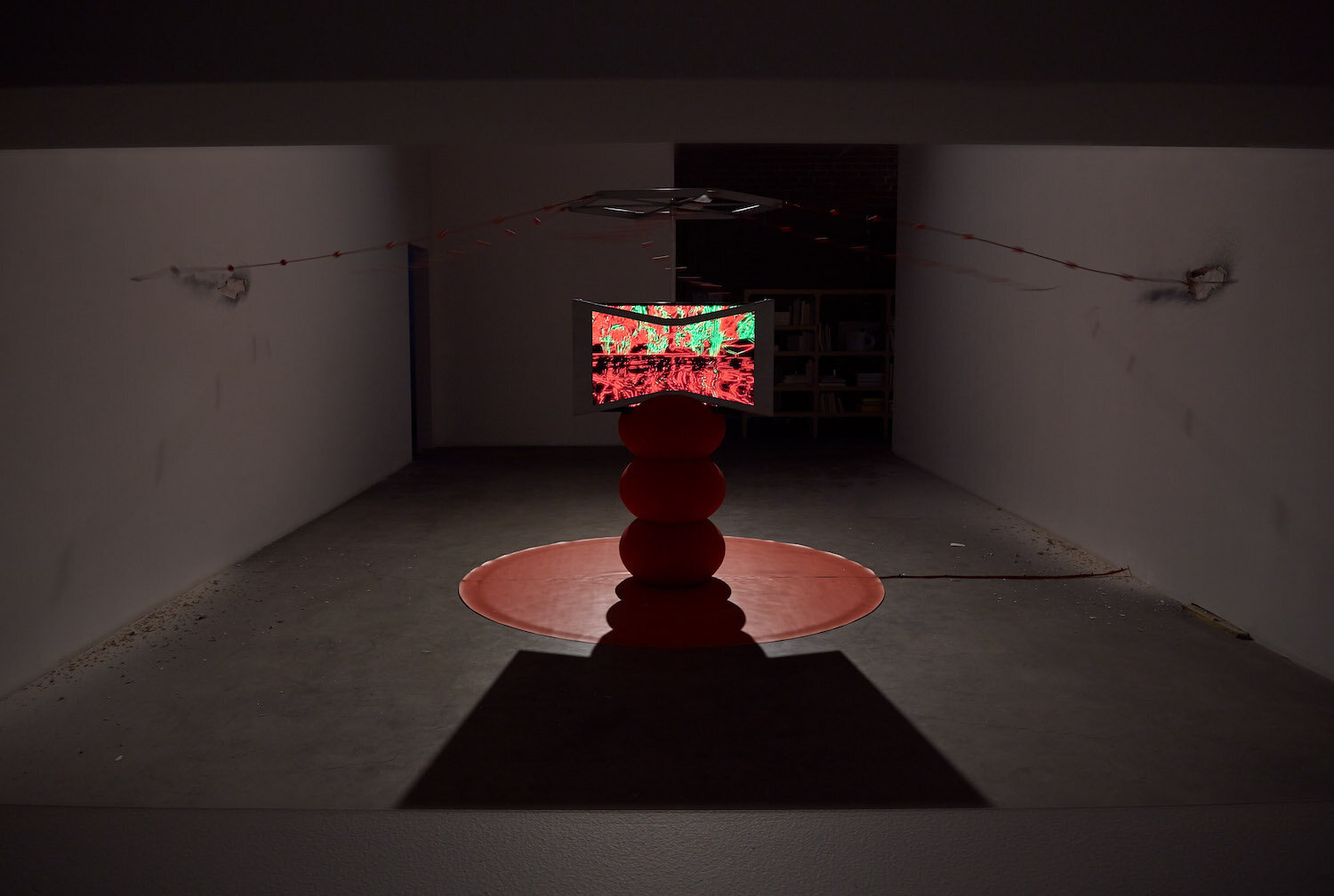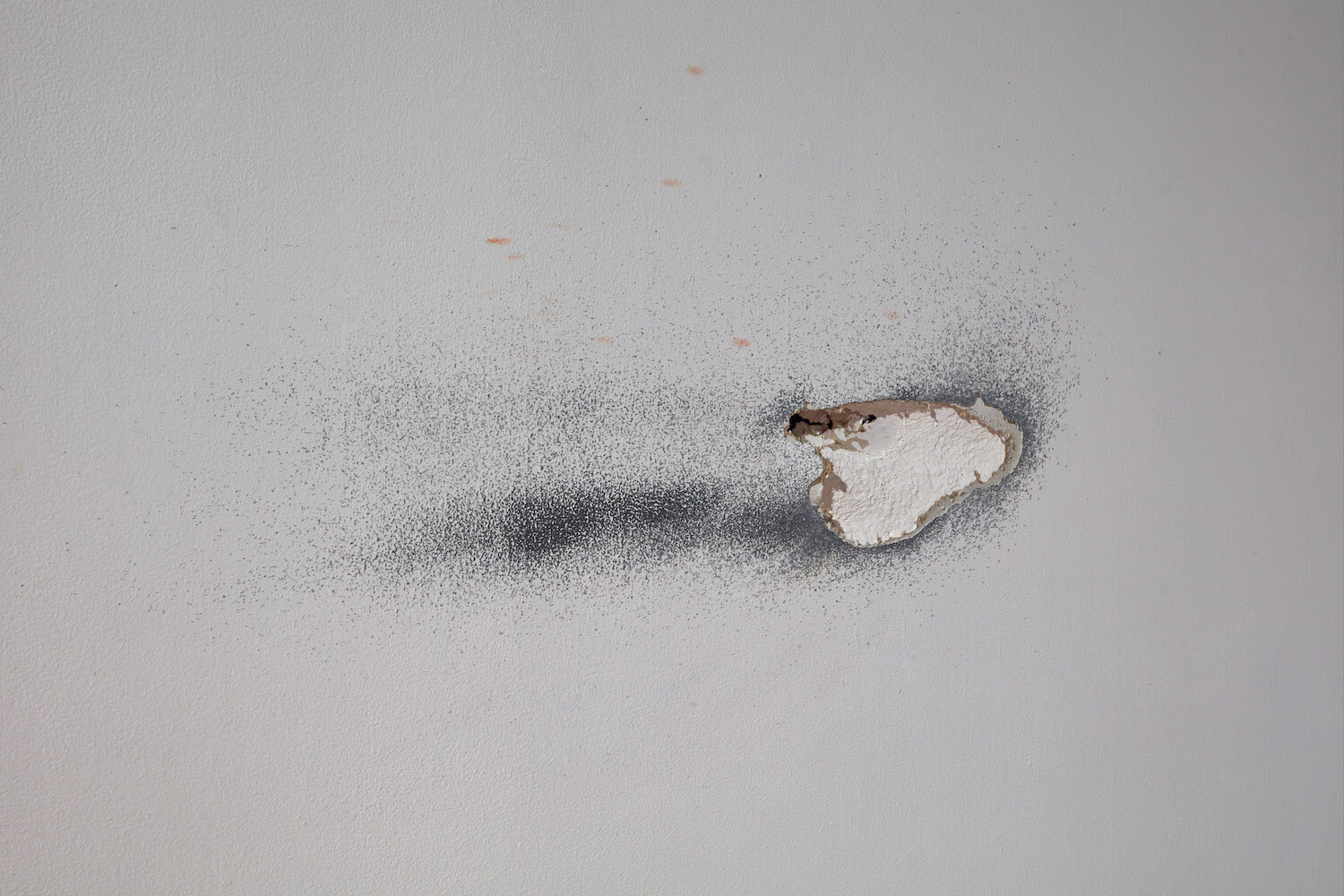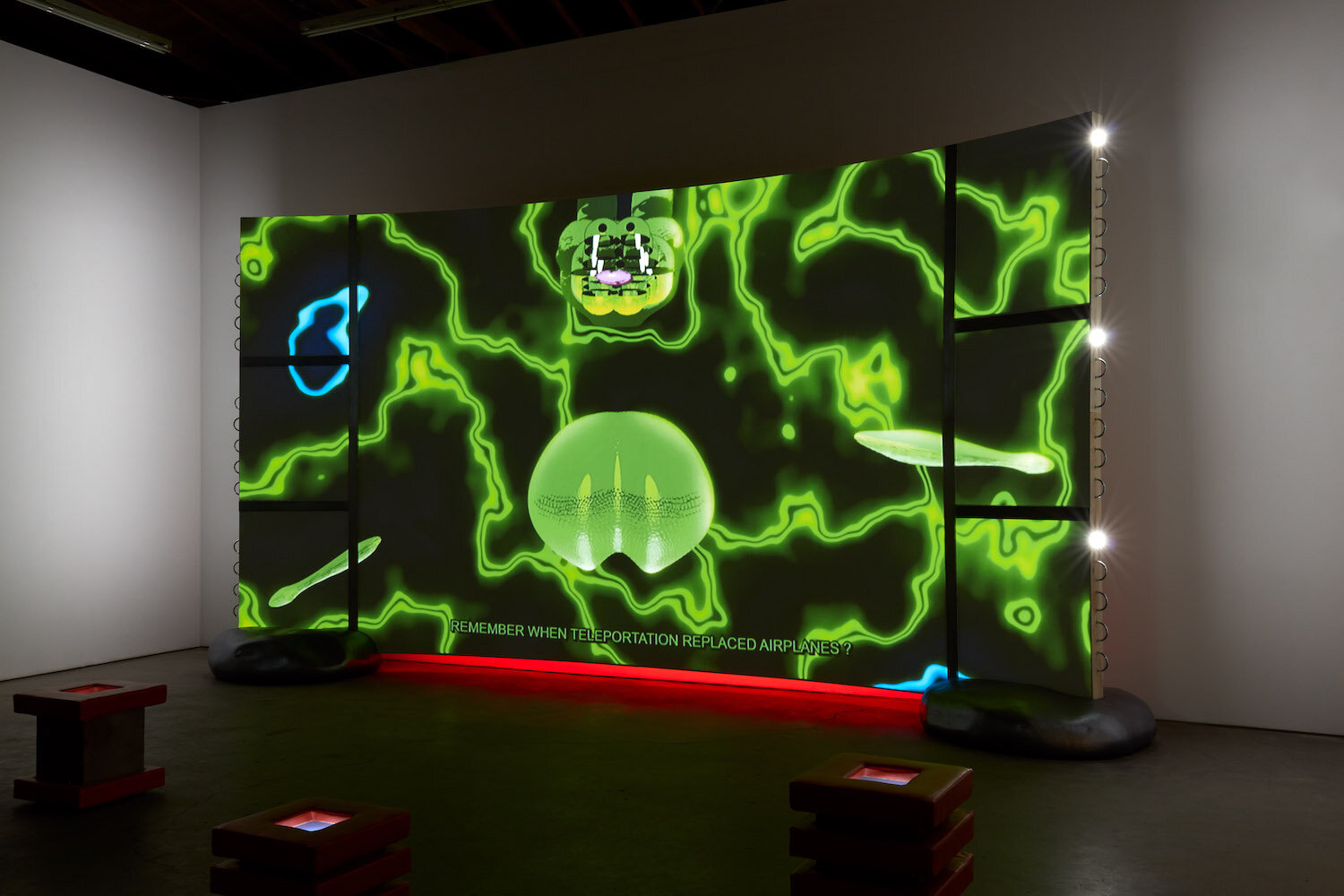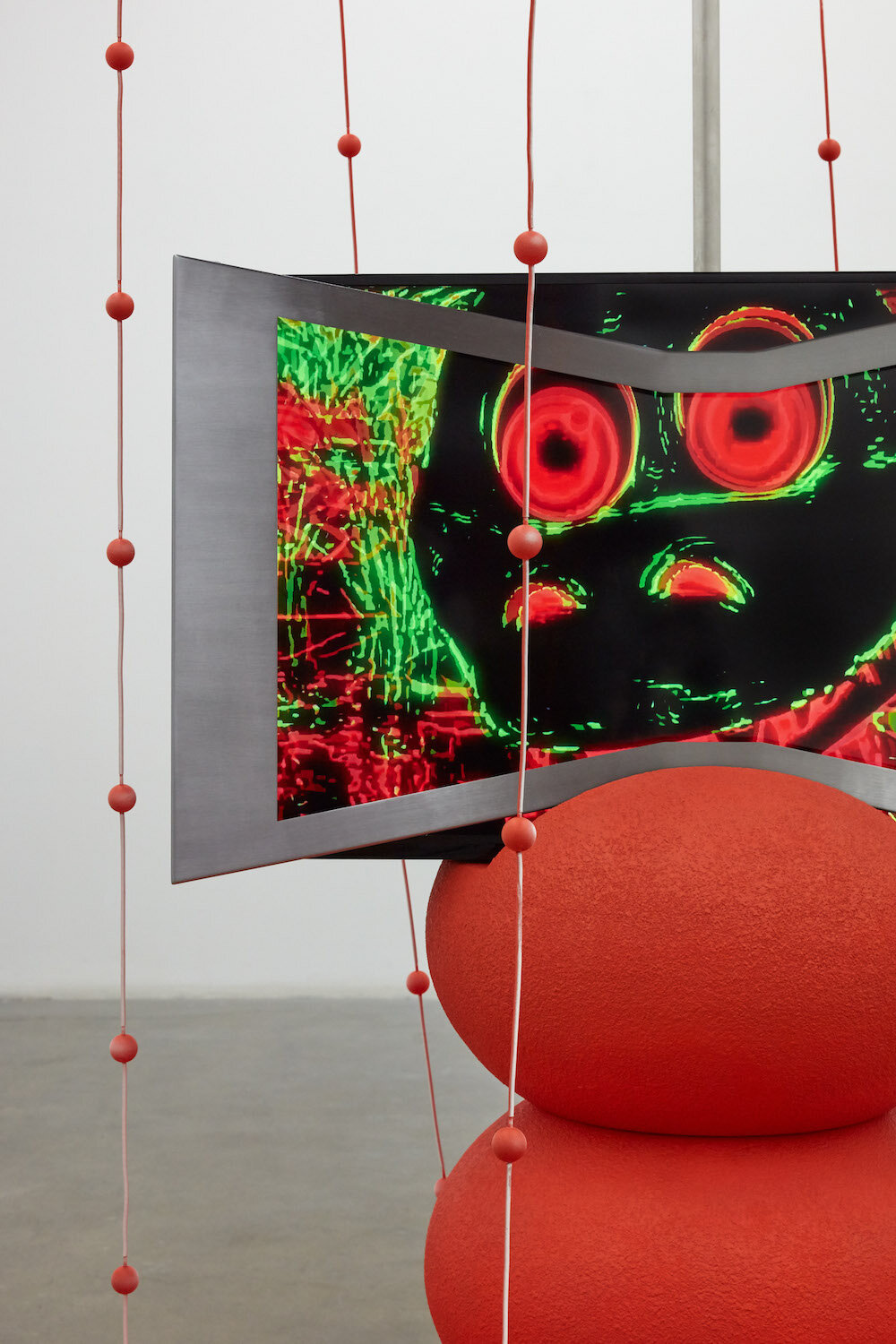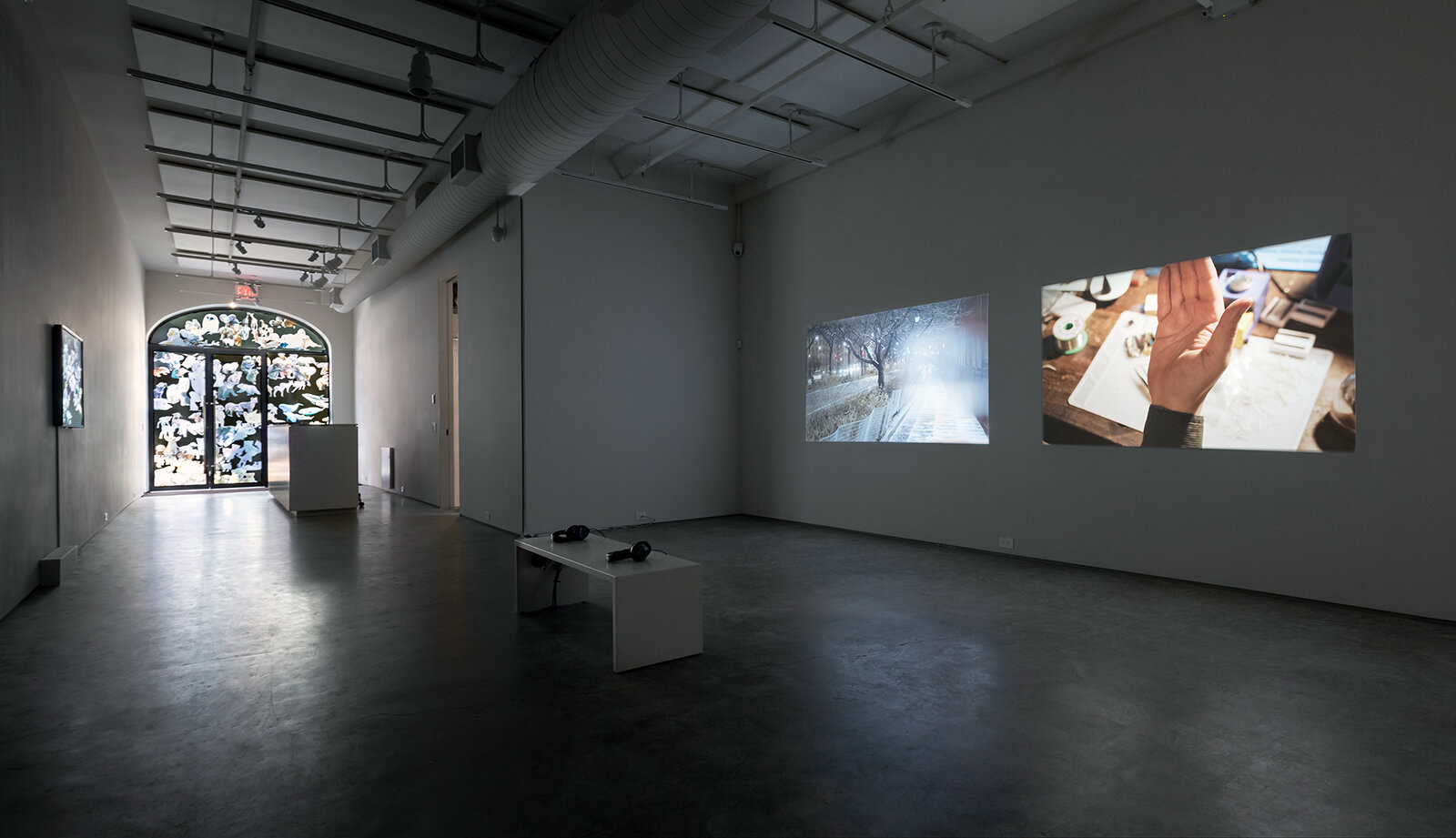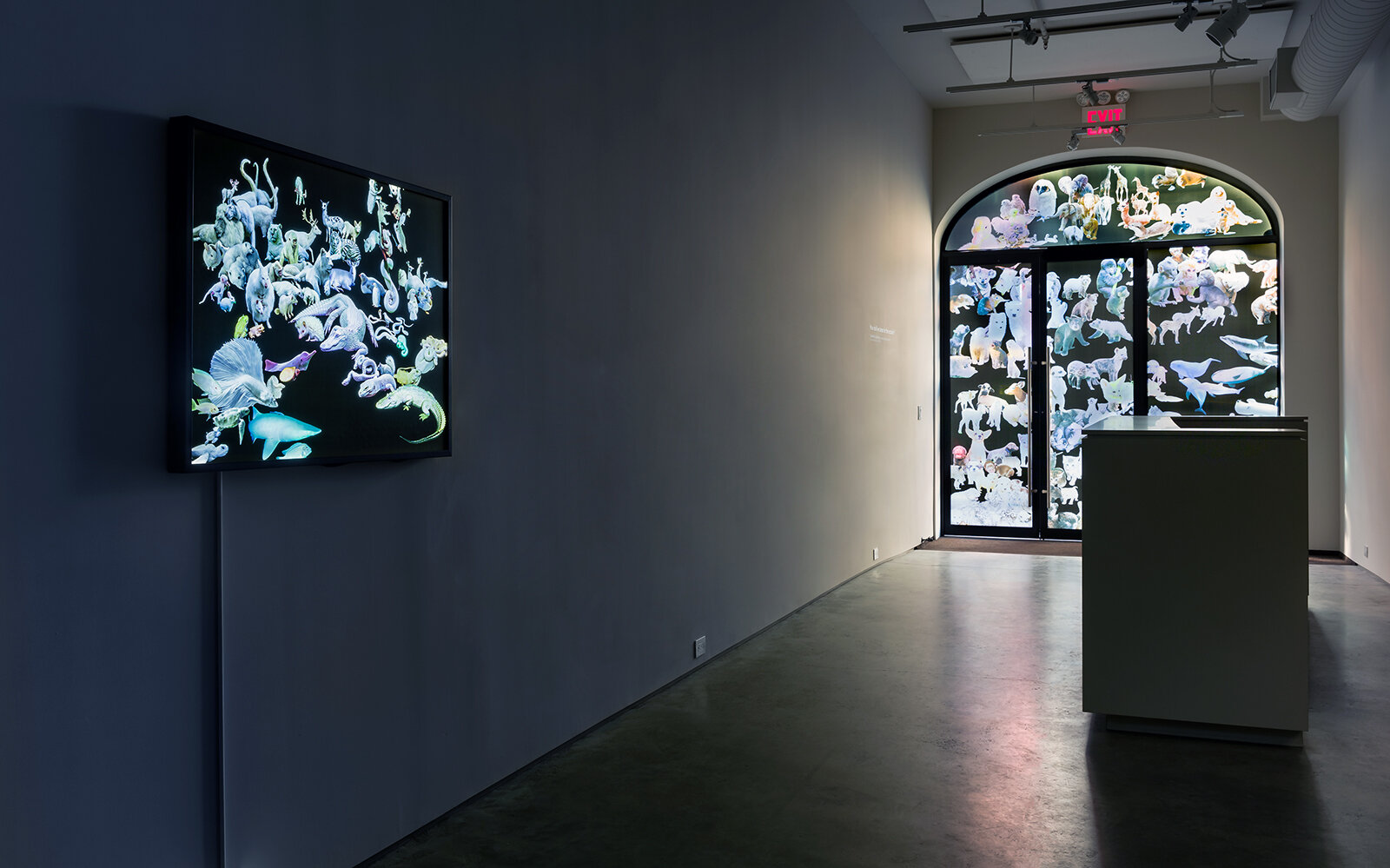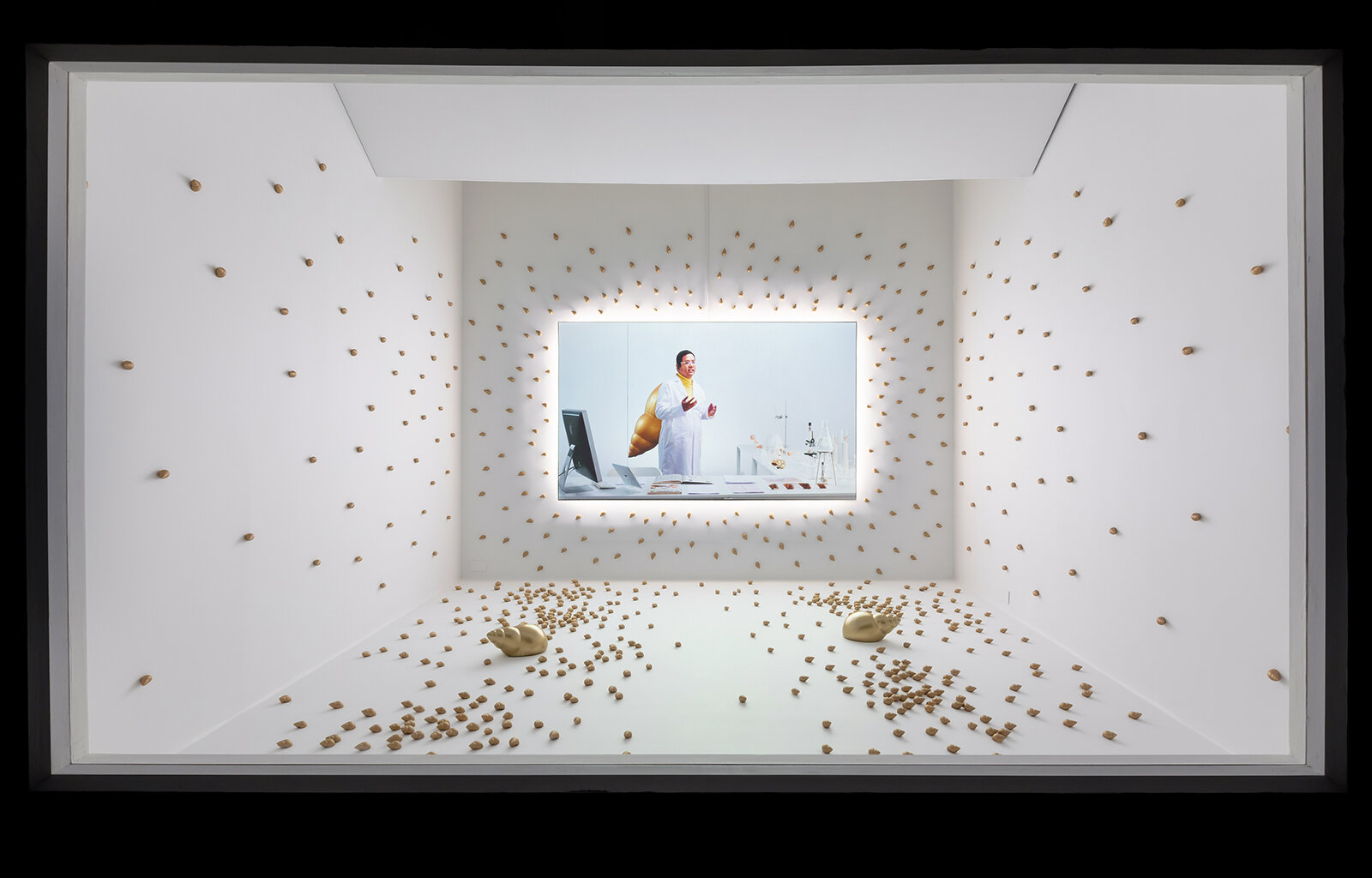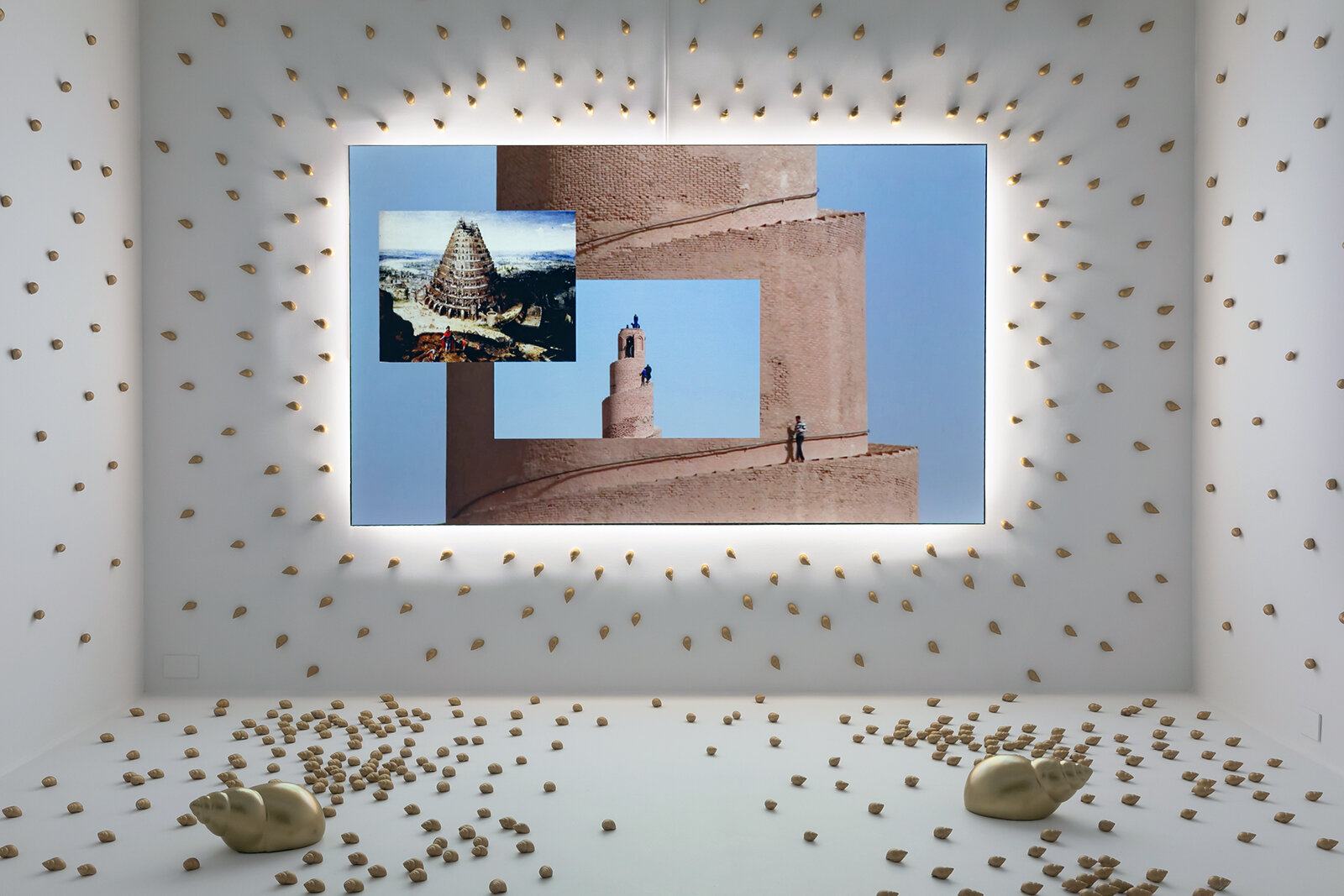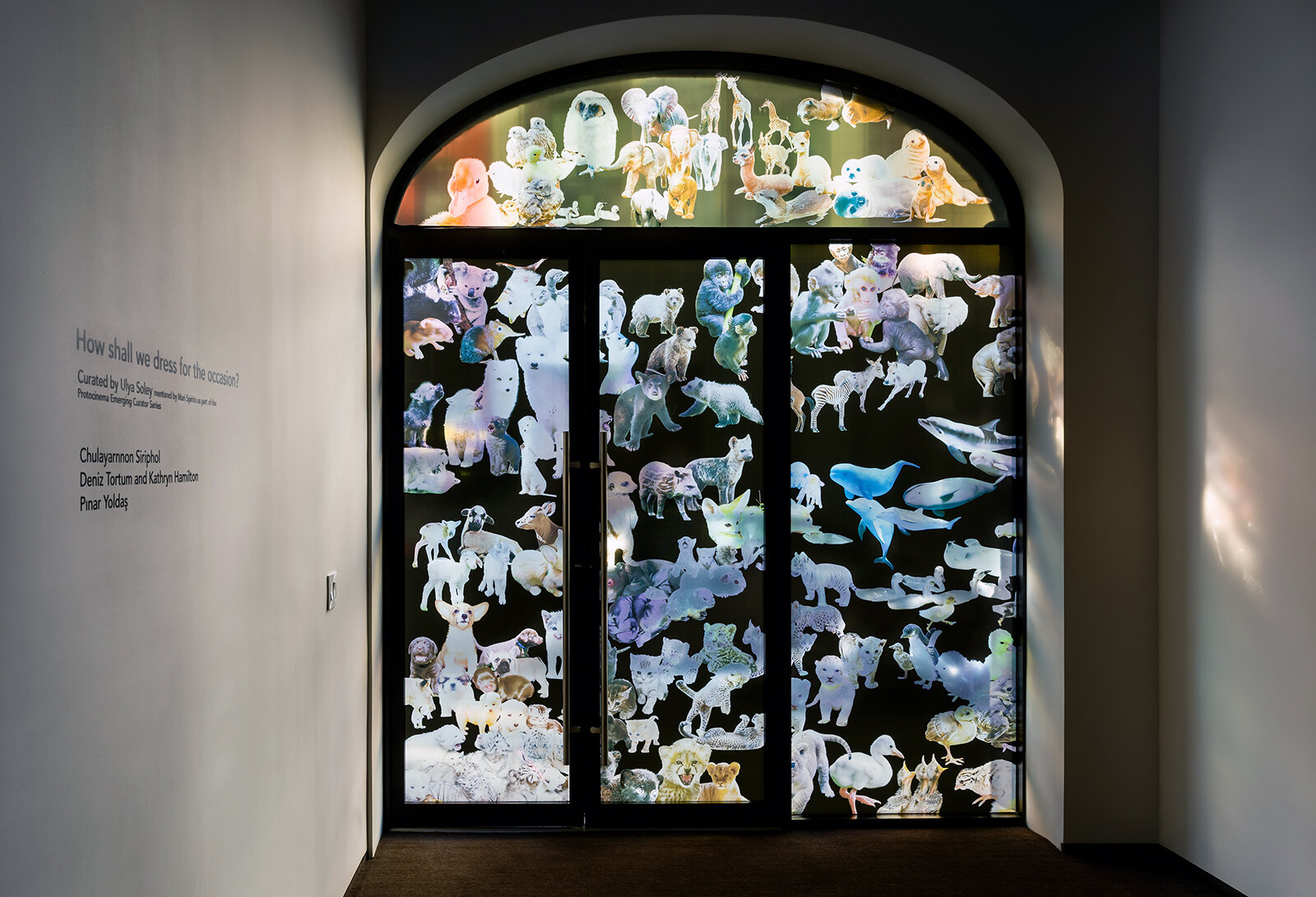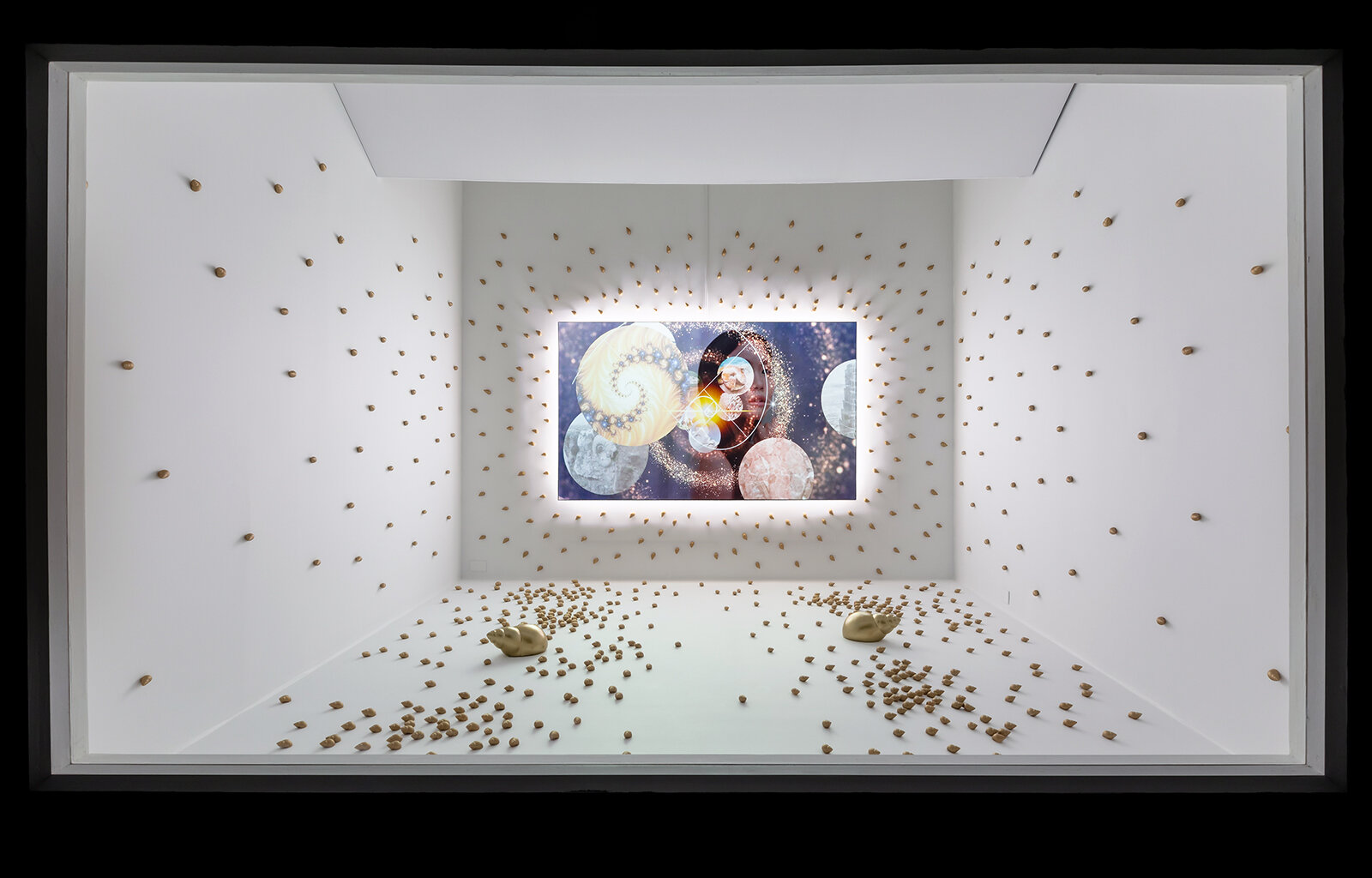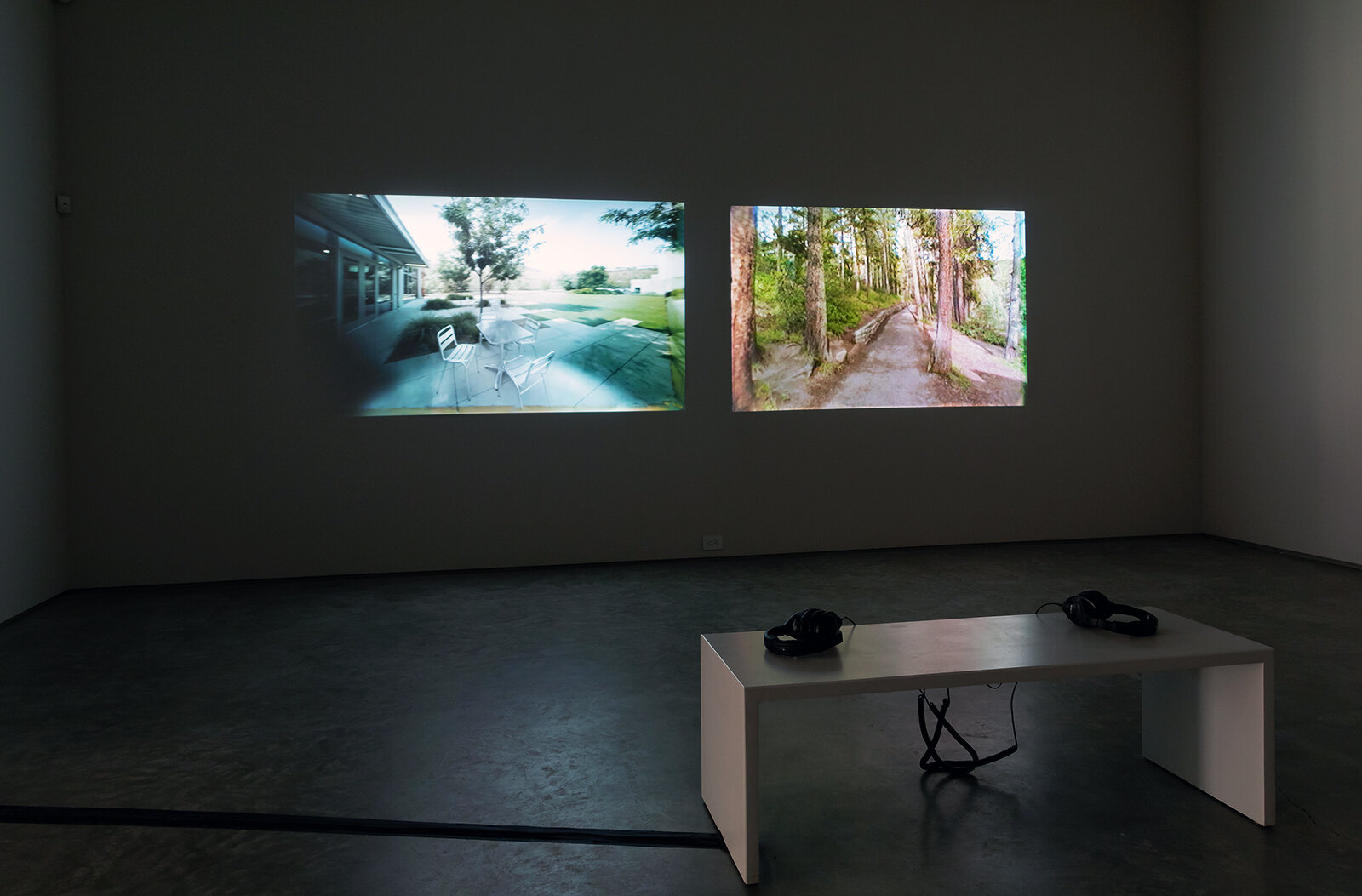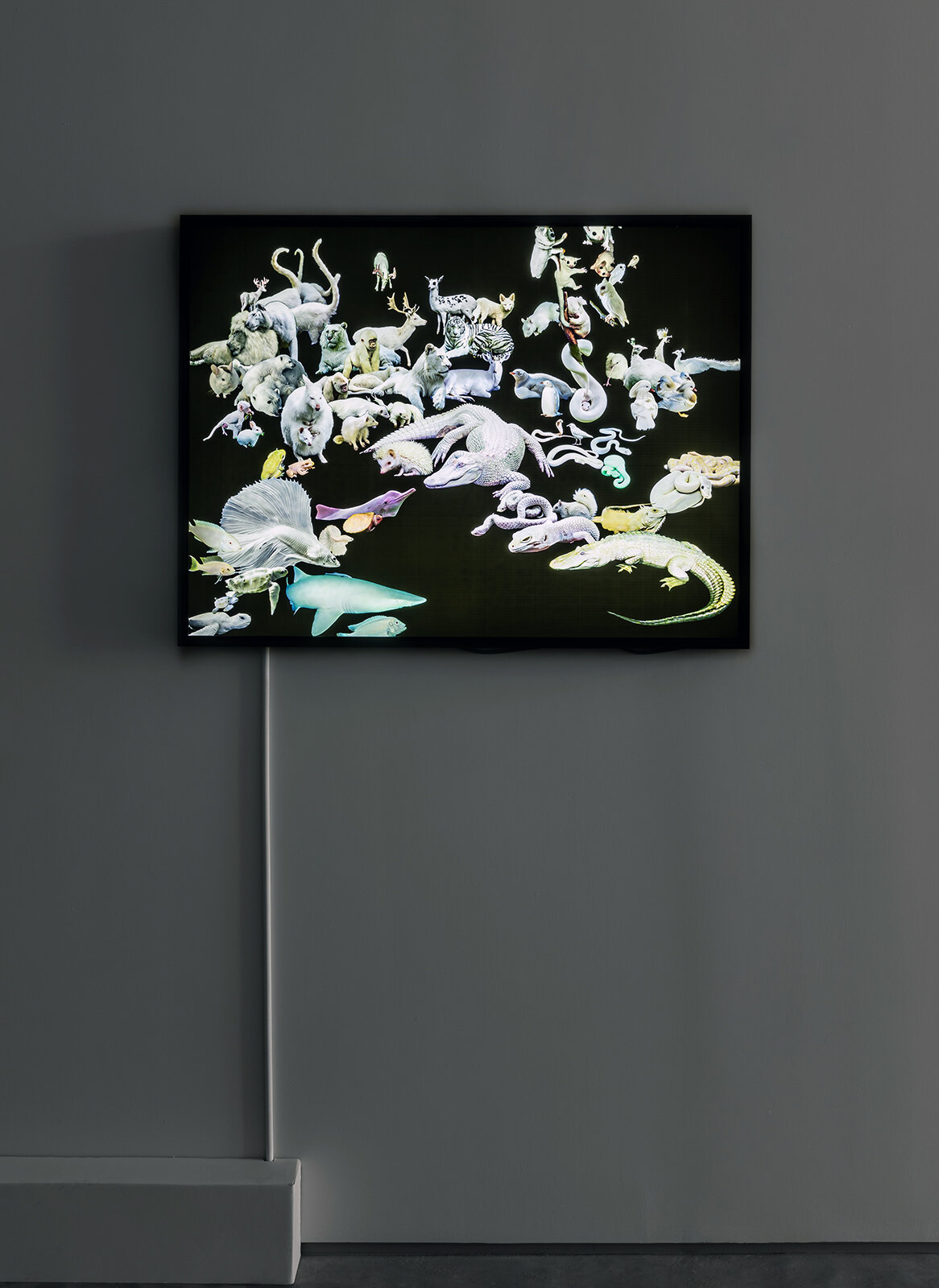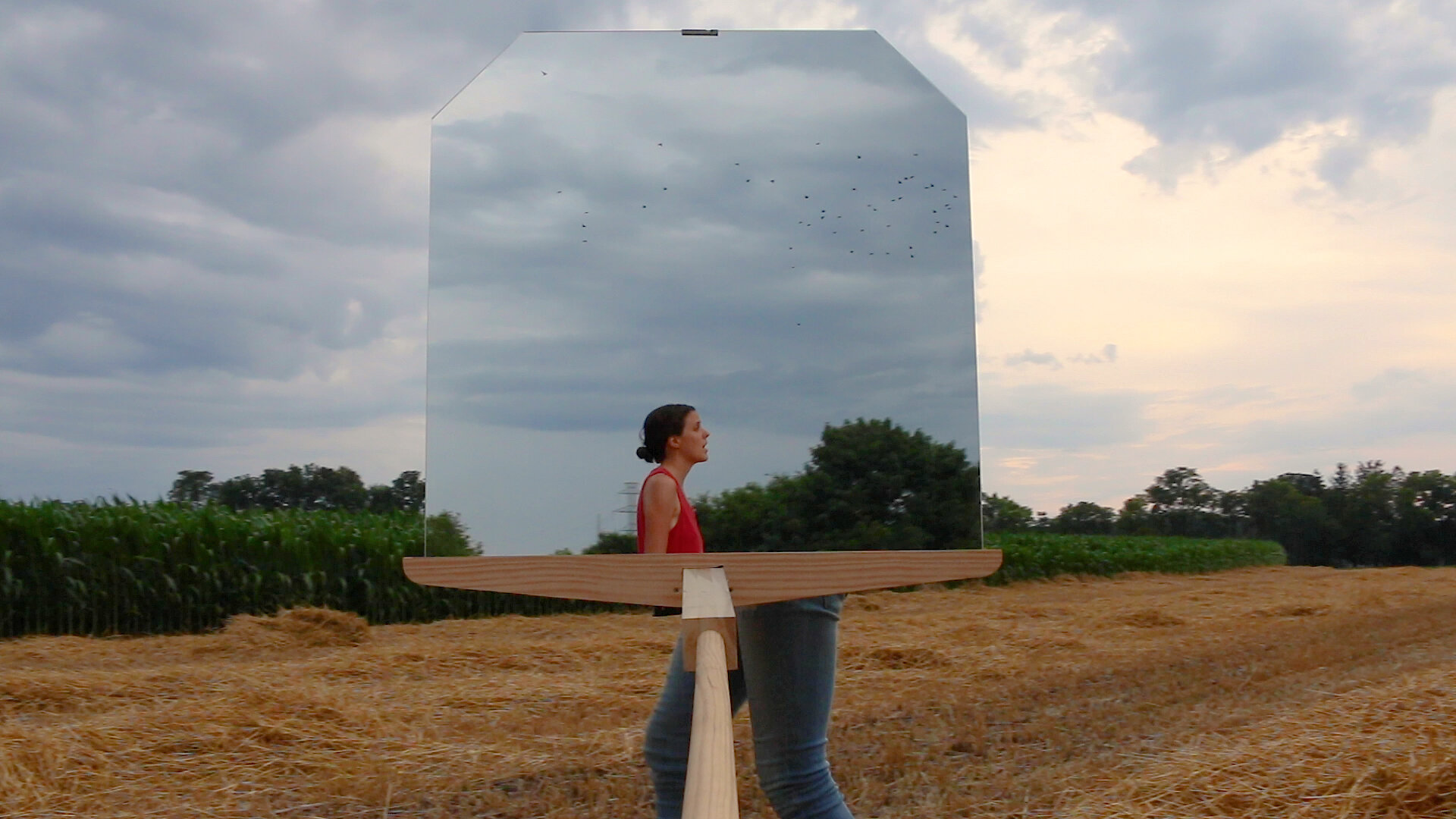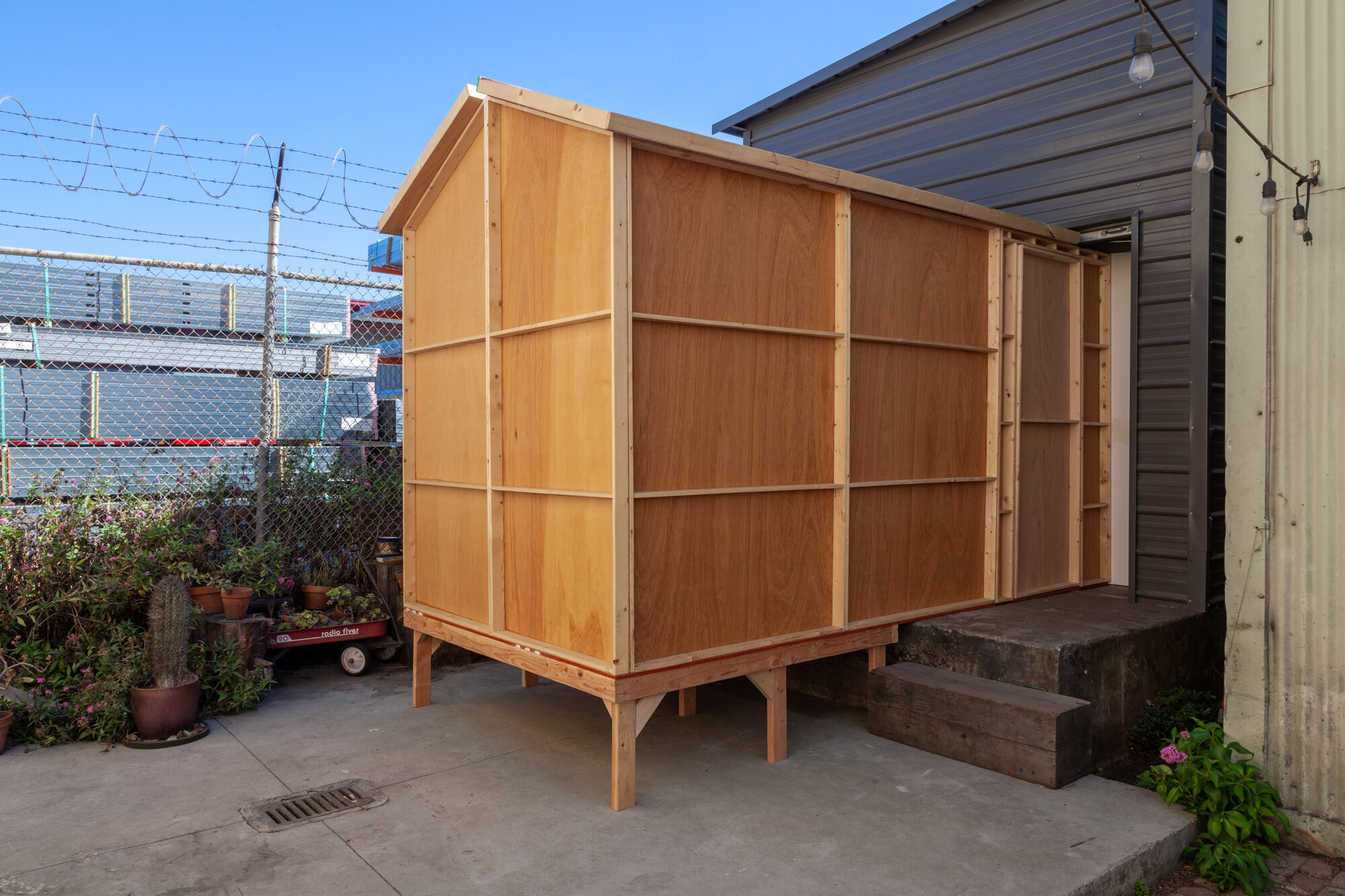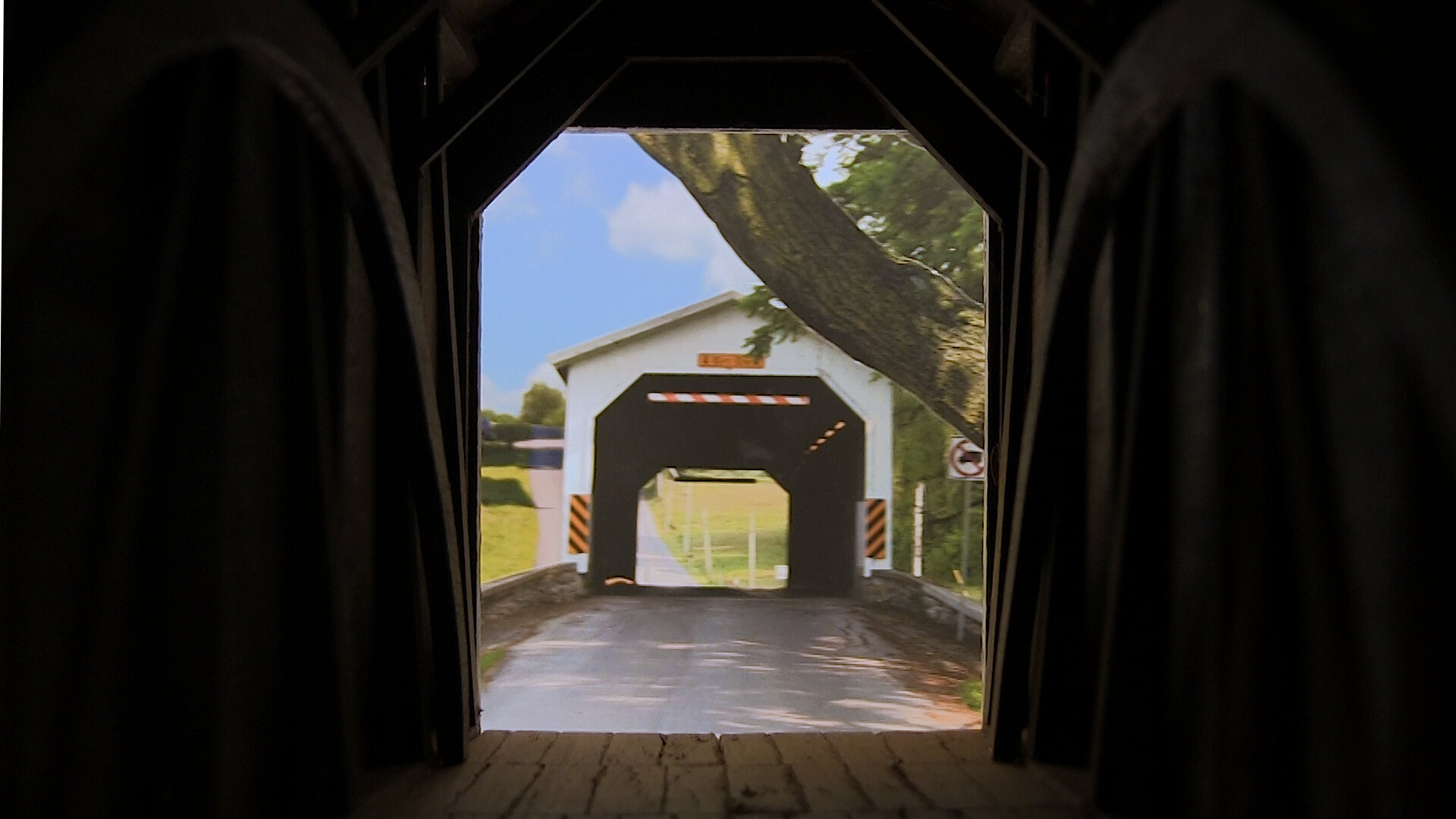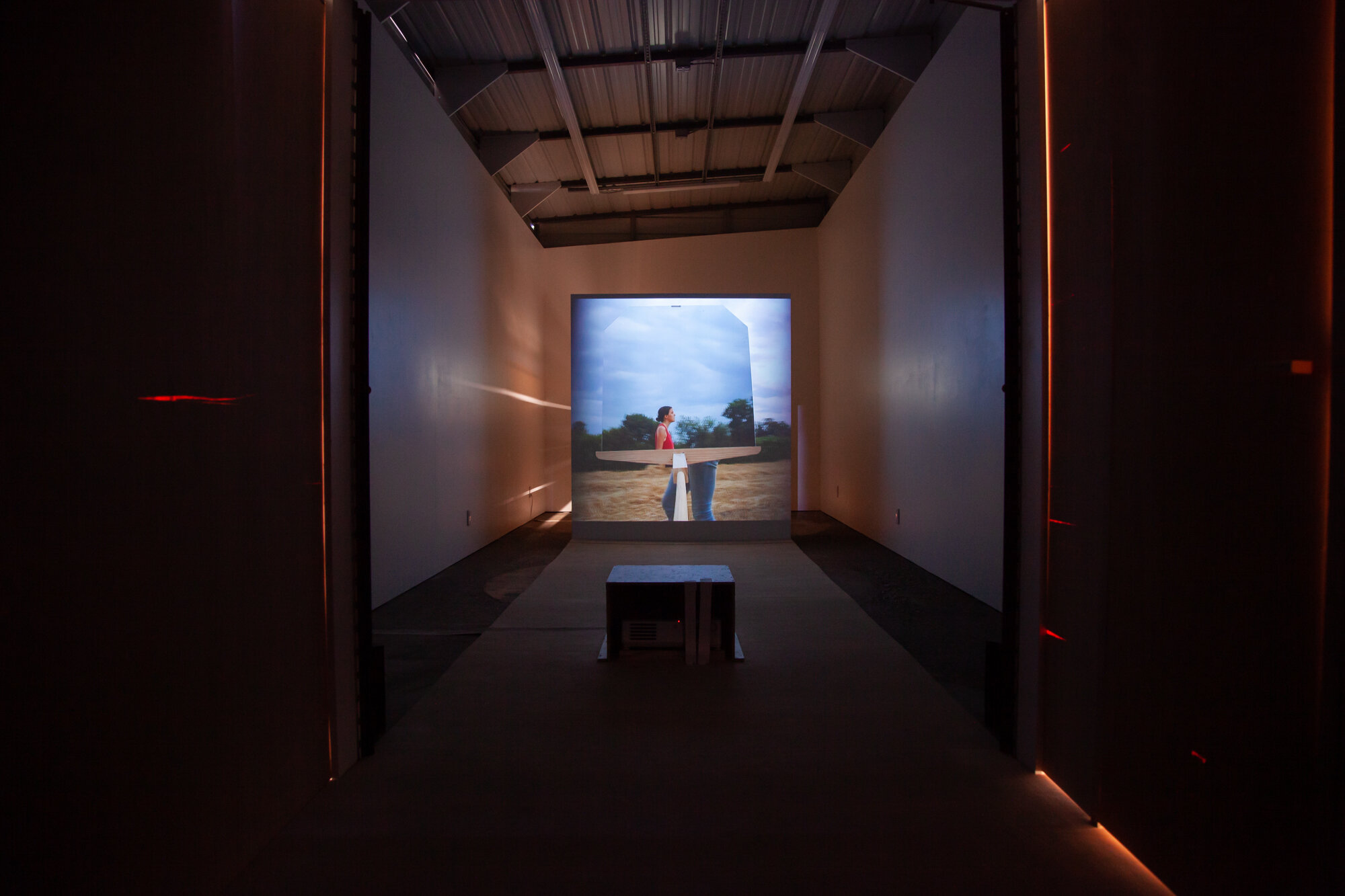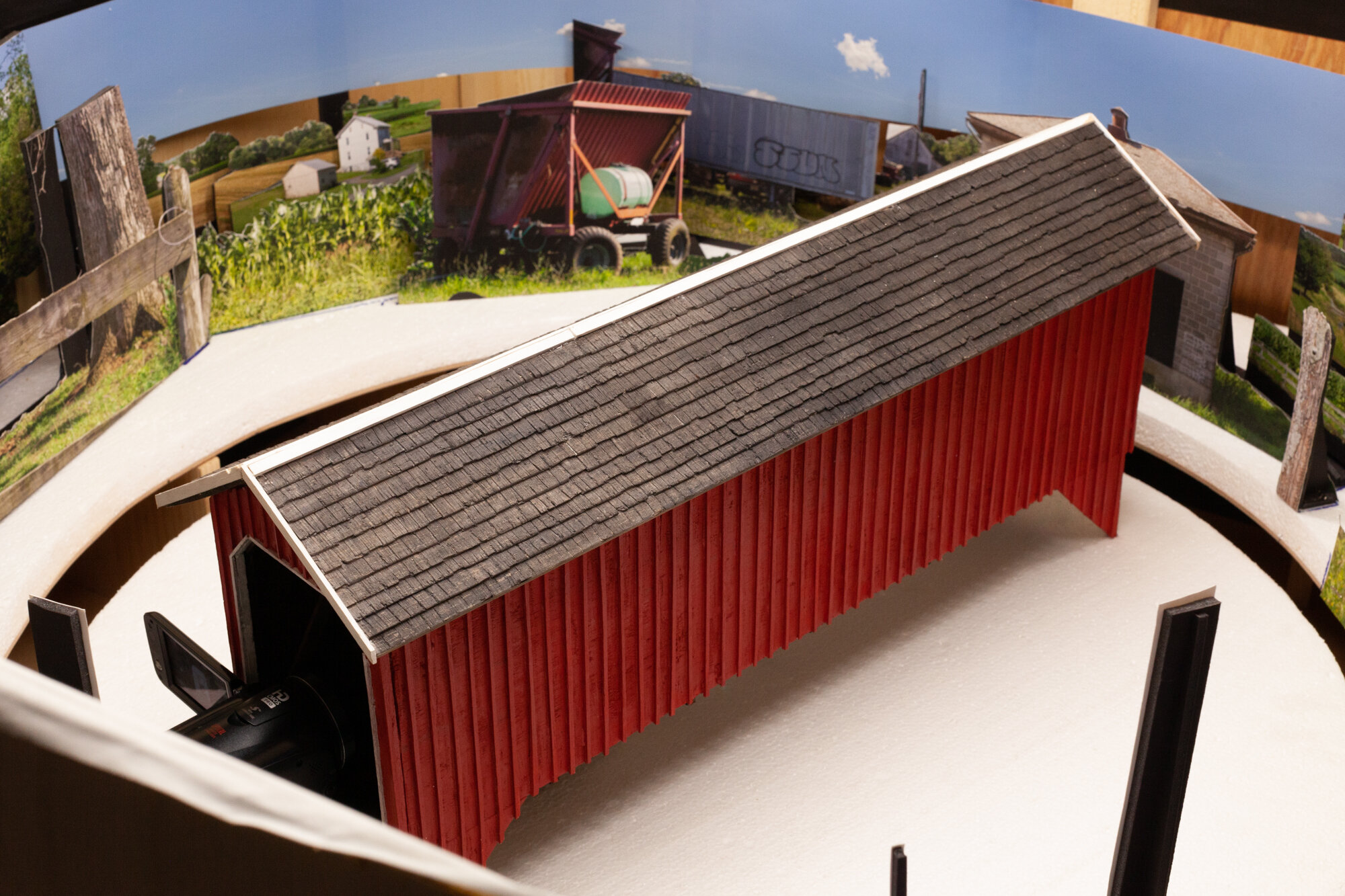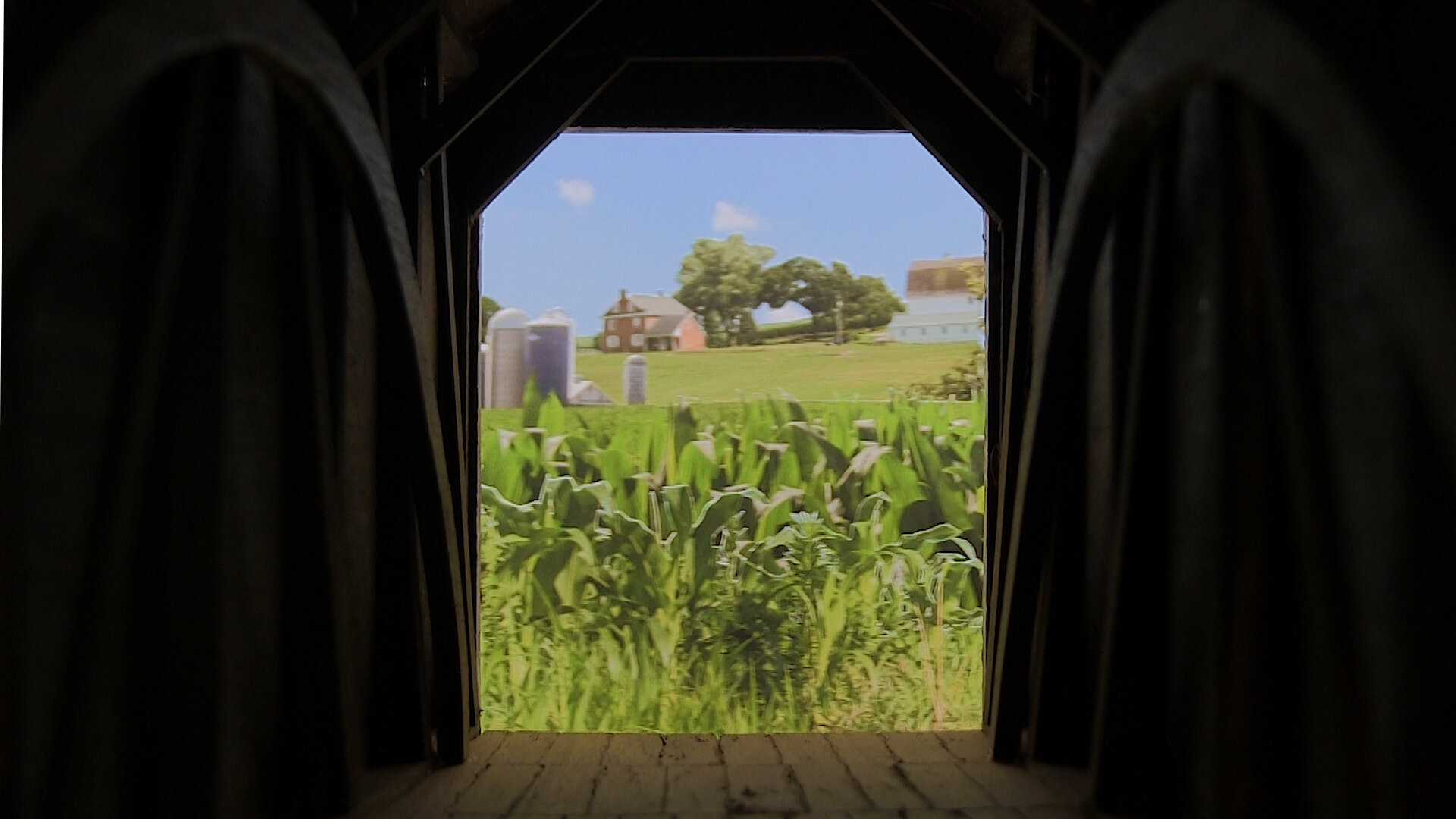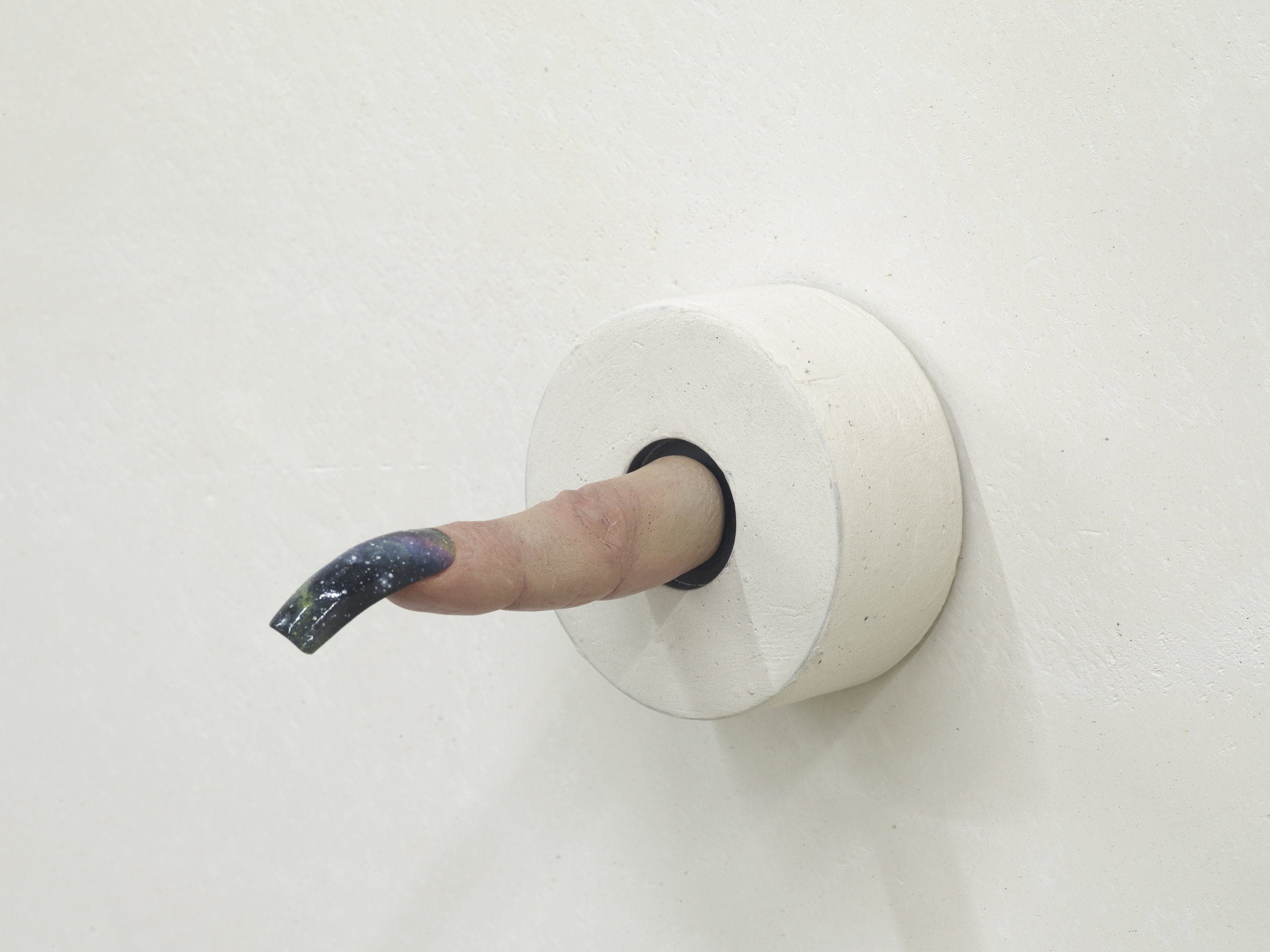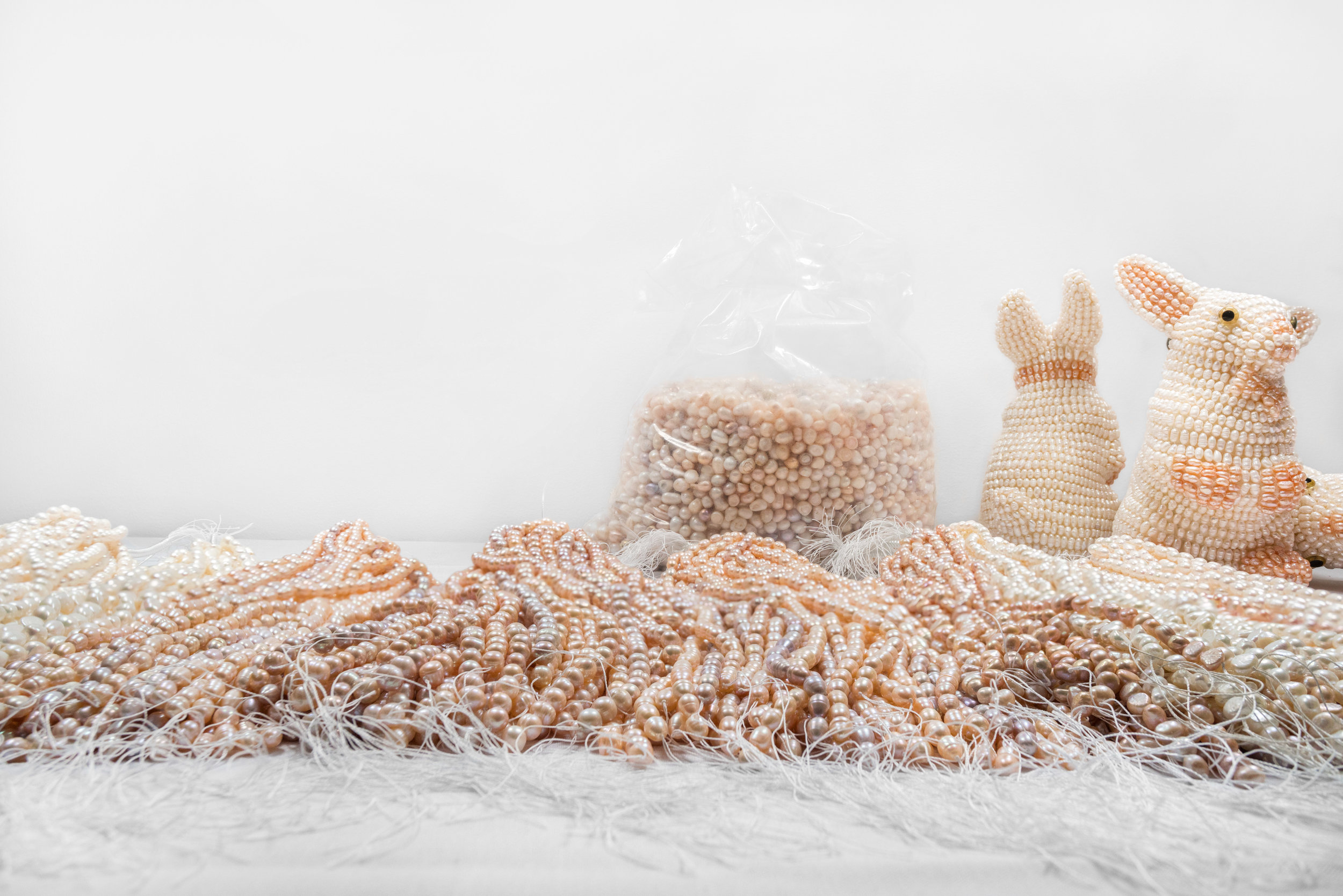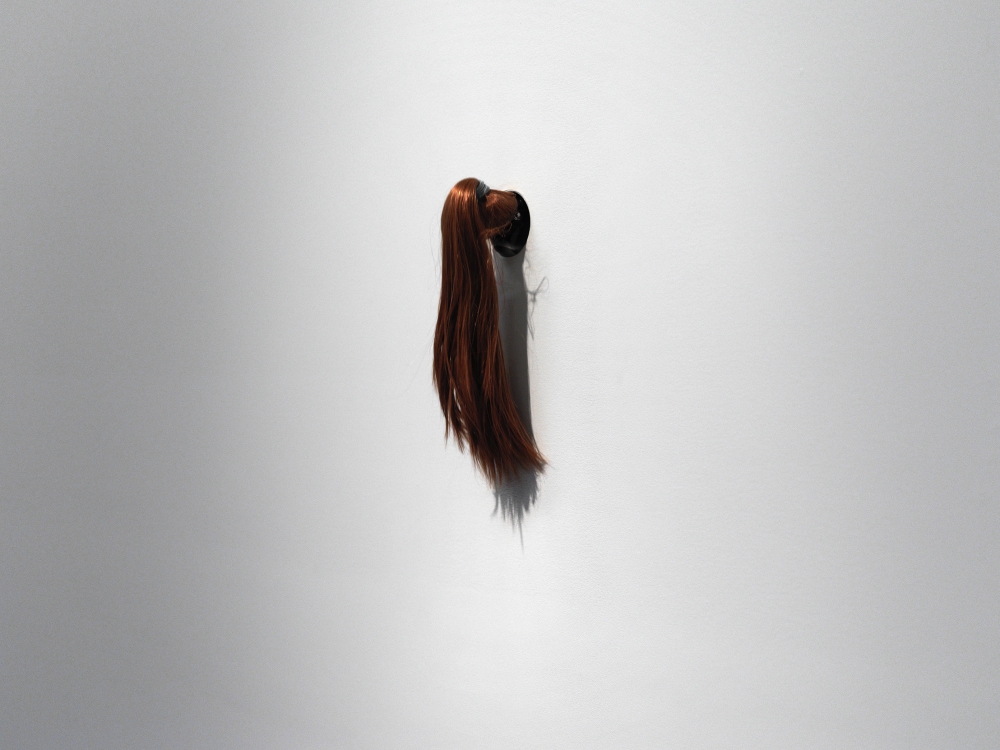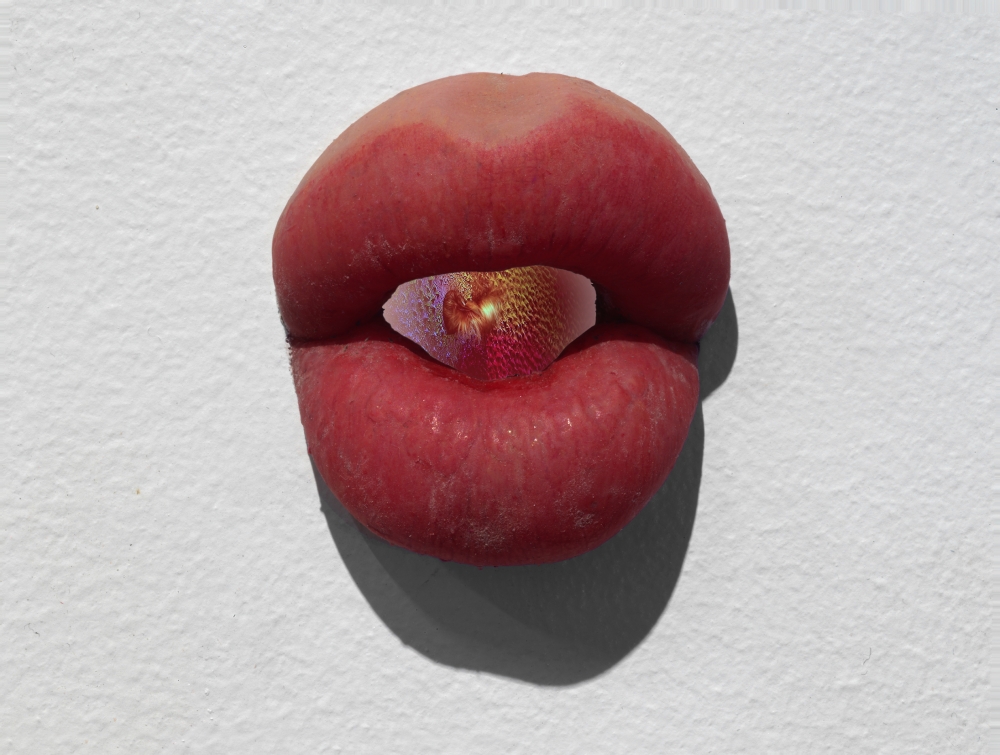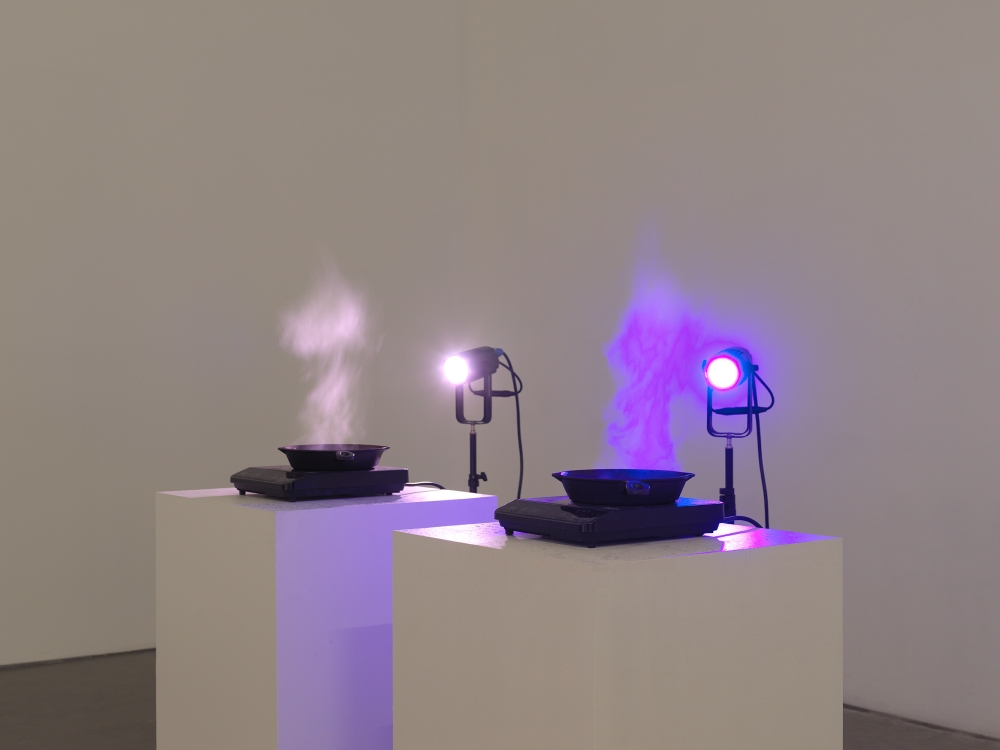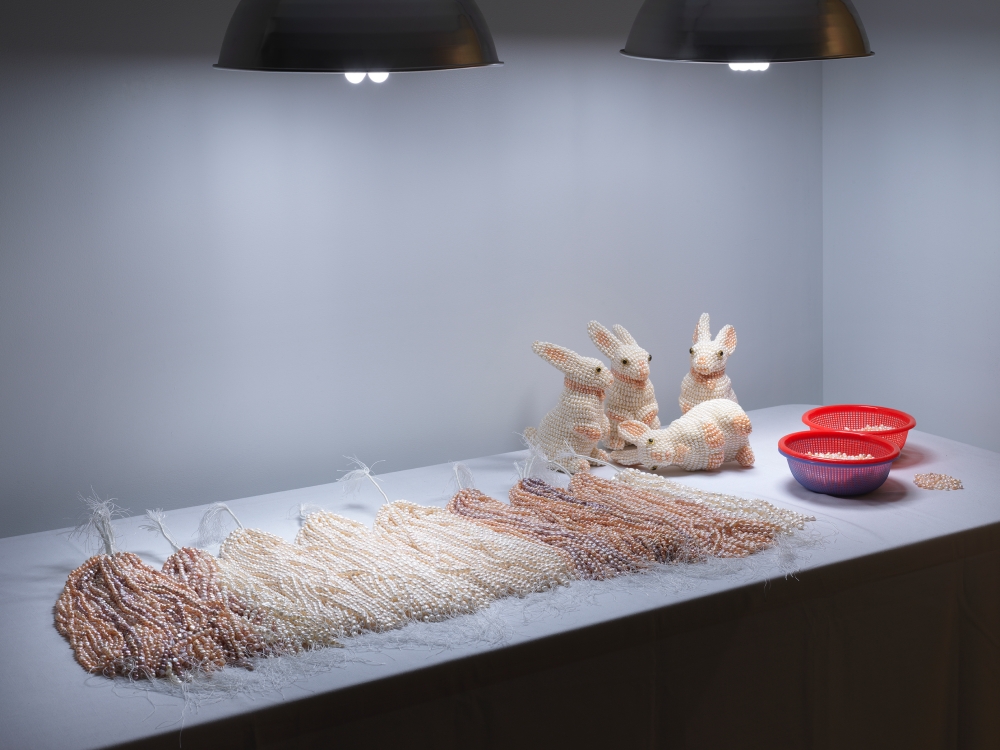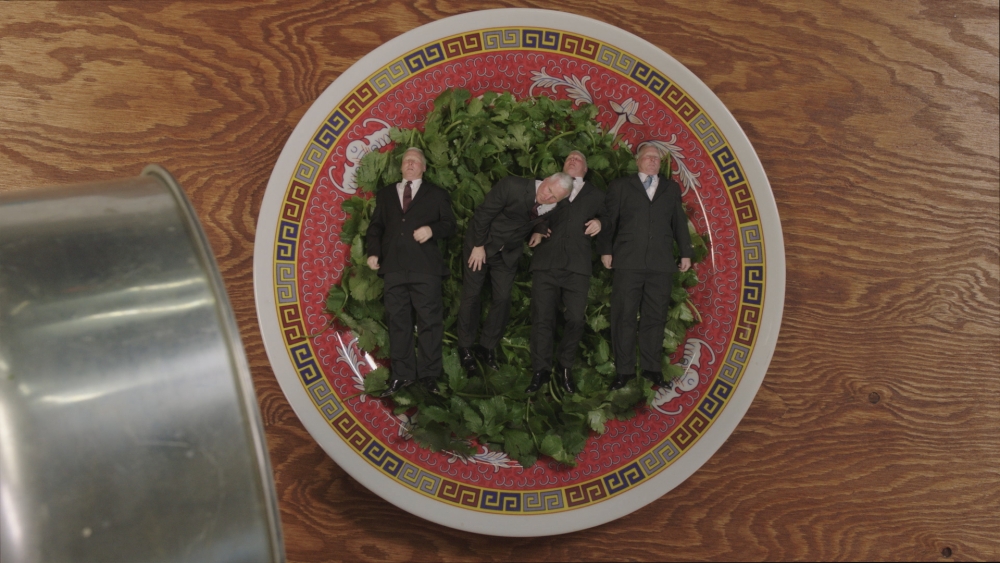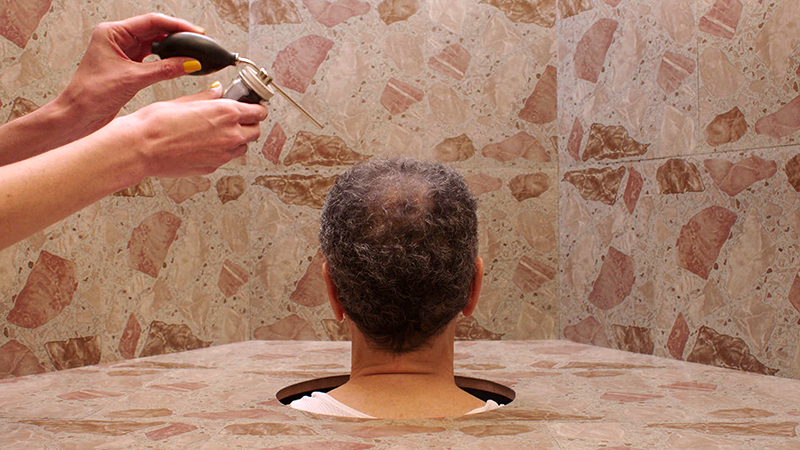The title of Non-Specific Objects acts as a counterpoint to the ideas expressed in Donald Judd’s canonical 1964 essay Specific Objects. Seeing as Judd characterized specific objects as separate from either sculpture or painting, they were precisely themselves, emphasizing the very materiality of a specific object that lacked expressive or symbolic content, especially to embodied subjectivity. This universal space, which aimed to be all-encompassing, did not make room for gender, racial, and sexual difference. The artists in this exhibition work against the hegemonic universal, creating space for difference in their works by means of abstraction, referencing bodies both literally and metaphorically.
The selection of works collectively embodies the contemporary lived experience of those who occupy spaces outside the normative. While they often do not overtly mirror the human form, the works represent humanity through a lens of abstraction and resistance, inviting viewers to confront themselves and experience bodily otherness. From alienation and embarrassment to intimacy and desire, the artists offer both the possibility of self-reflection and shared moments of humor.
In focus is the abstracted body – be it the intimate nature, materiality, and particularities of the individual human body, the collective body that is built on shared historic experience, the extended and amplified body in an age of relentless augmentation, or the body that eschews realistic painterly modes of representation, opting for formally abstract or heavily stylized, sometimes nostalgic renditions of humanity. The diverse set of artistic practices does not adhere to strict principles of representation, but continually references the human, sometimes clearly and often obliquely. It highlights objects that refuse human form but relate to the human by embracing abstraction.
Non-Specific Objects is on view through February 24th at Capitain Petzel, Karl-Marx-Allee 45, 10178 Berlin.

